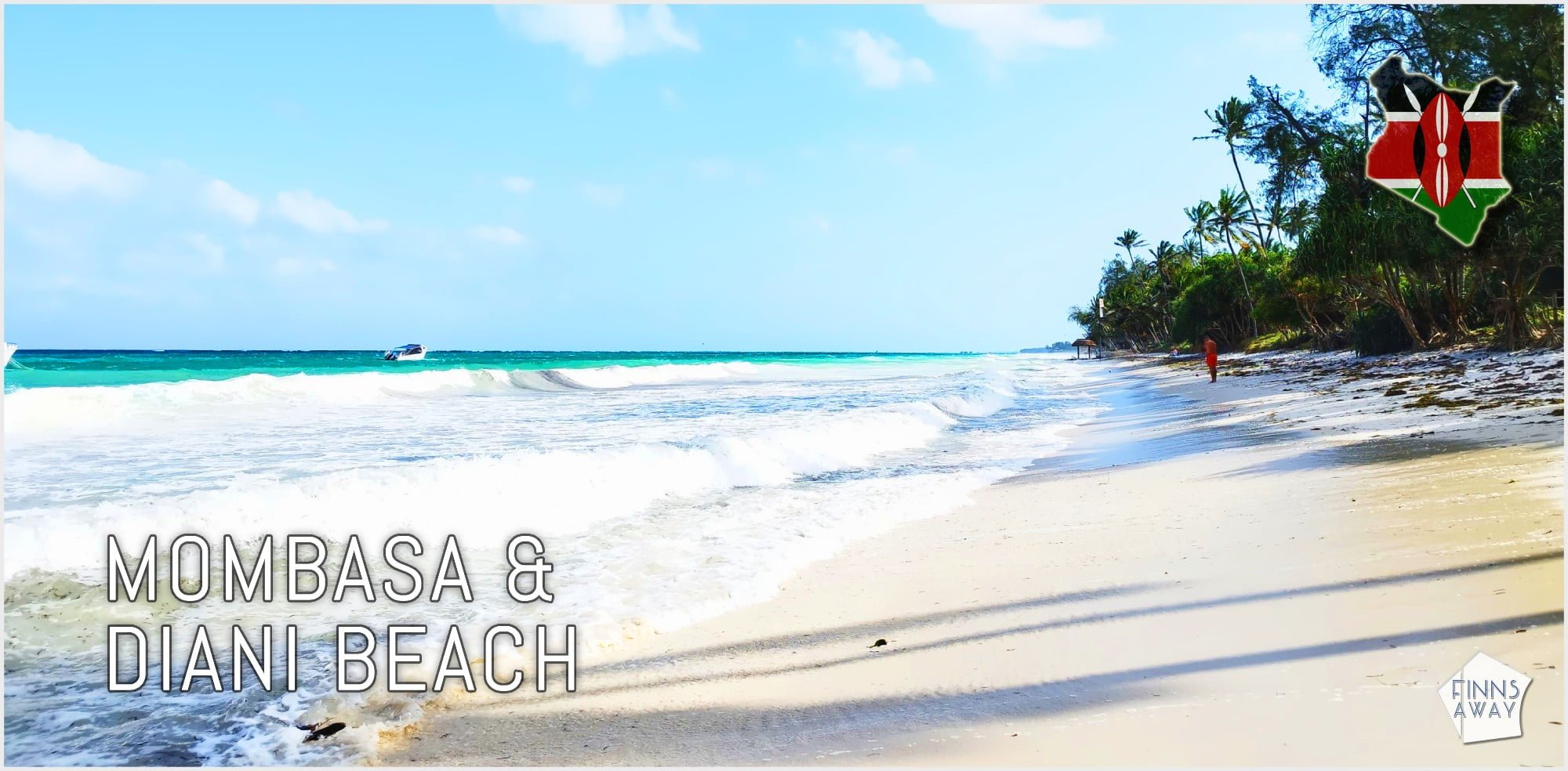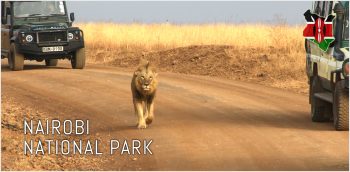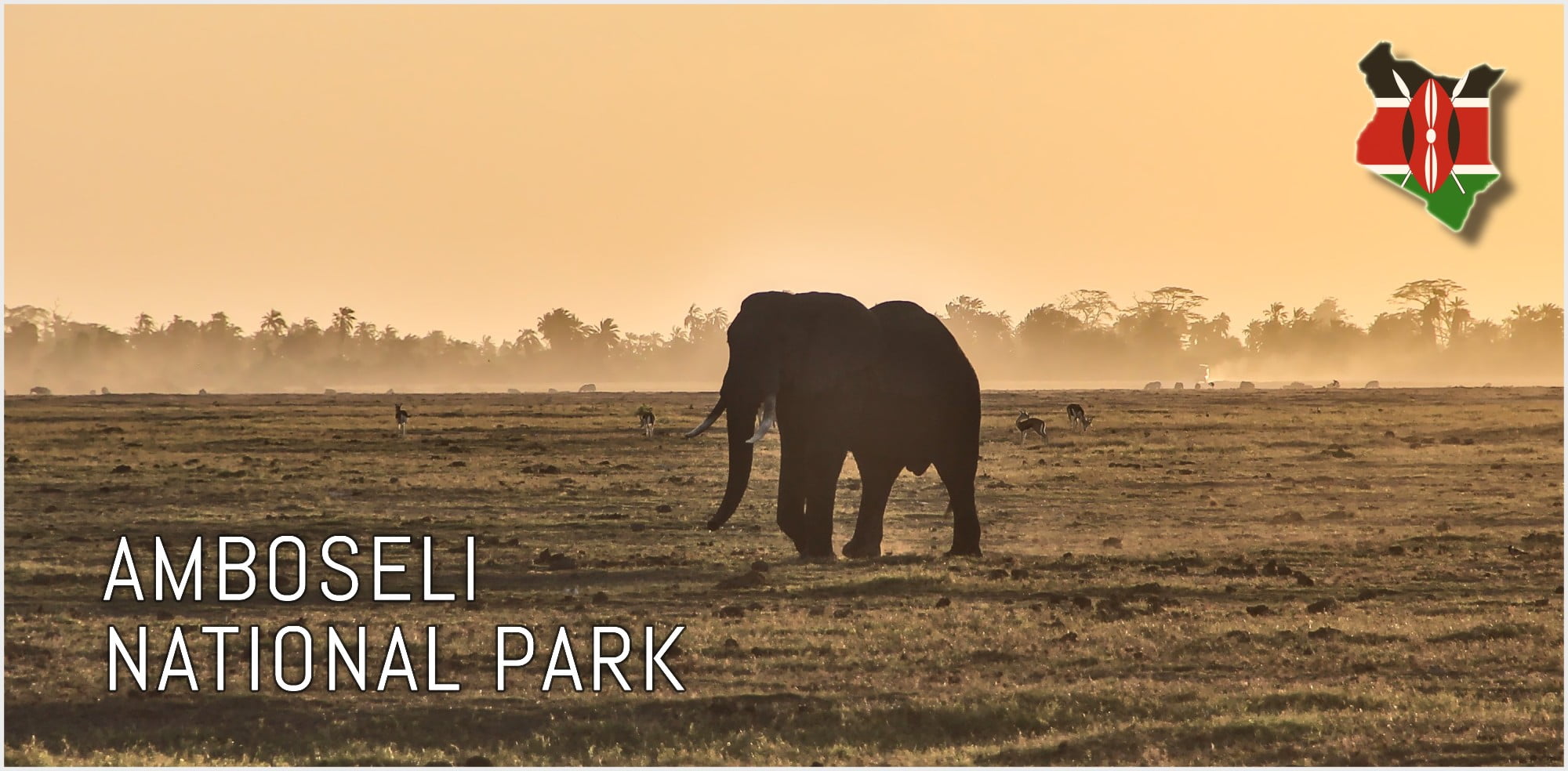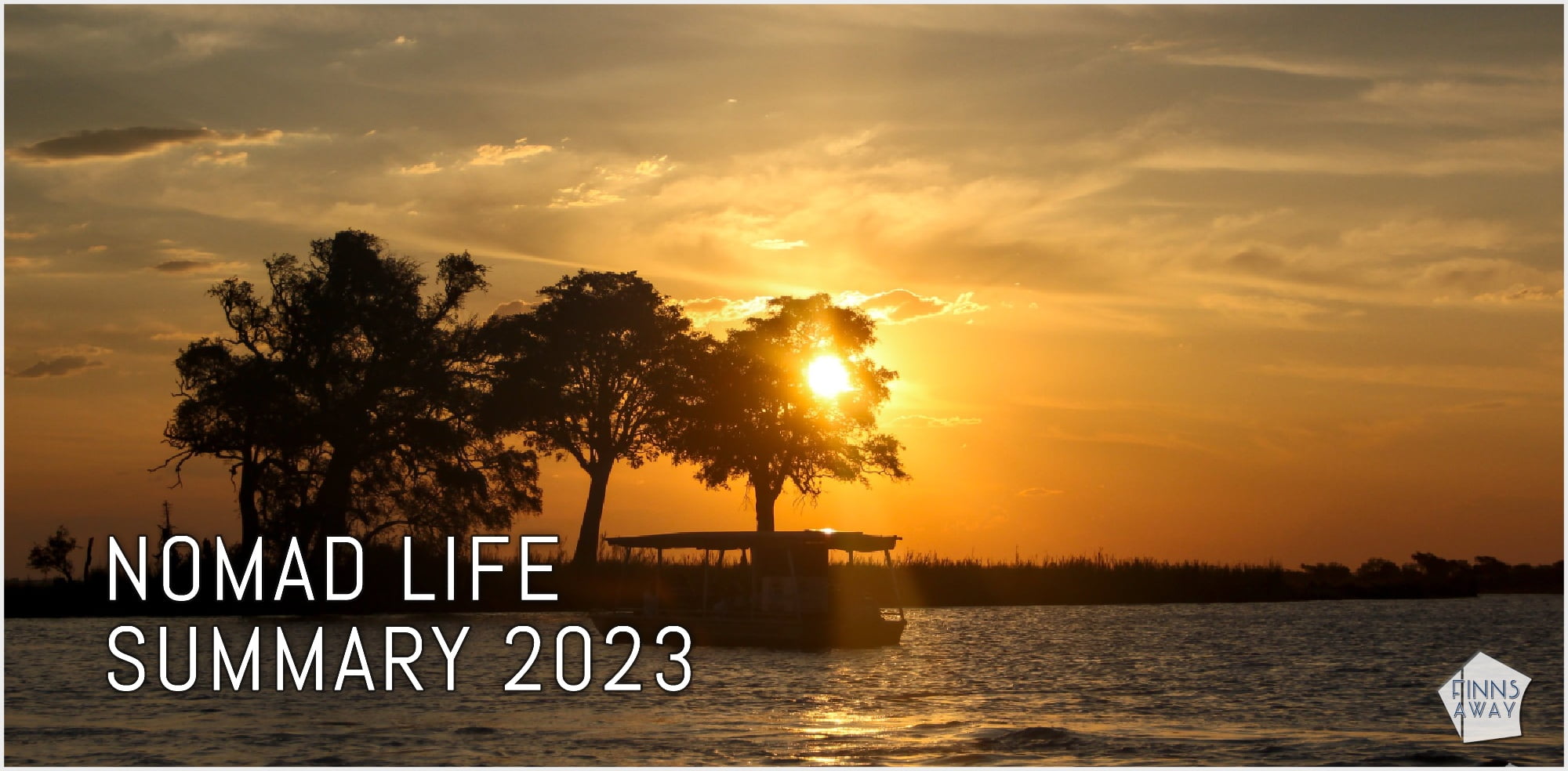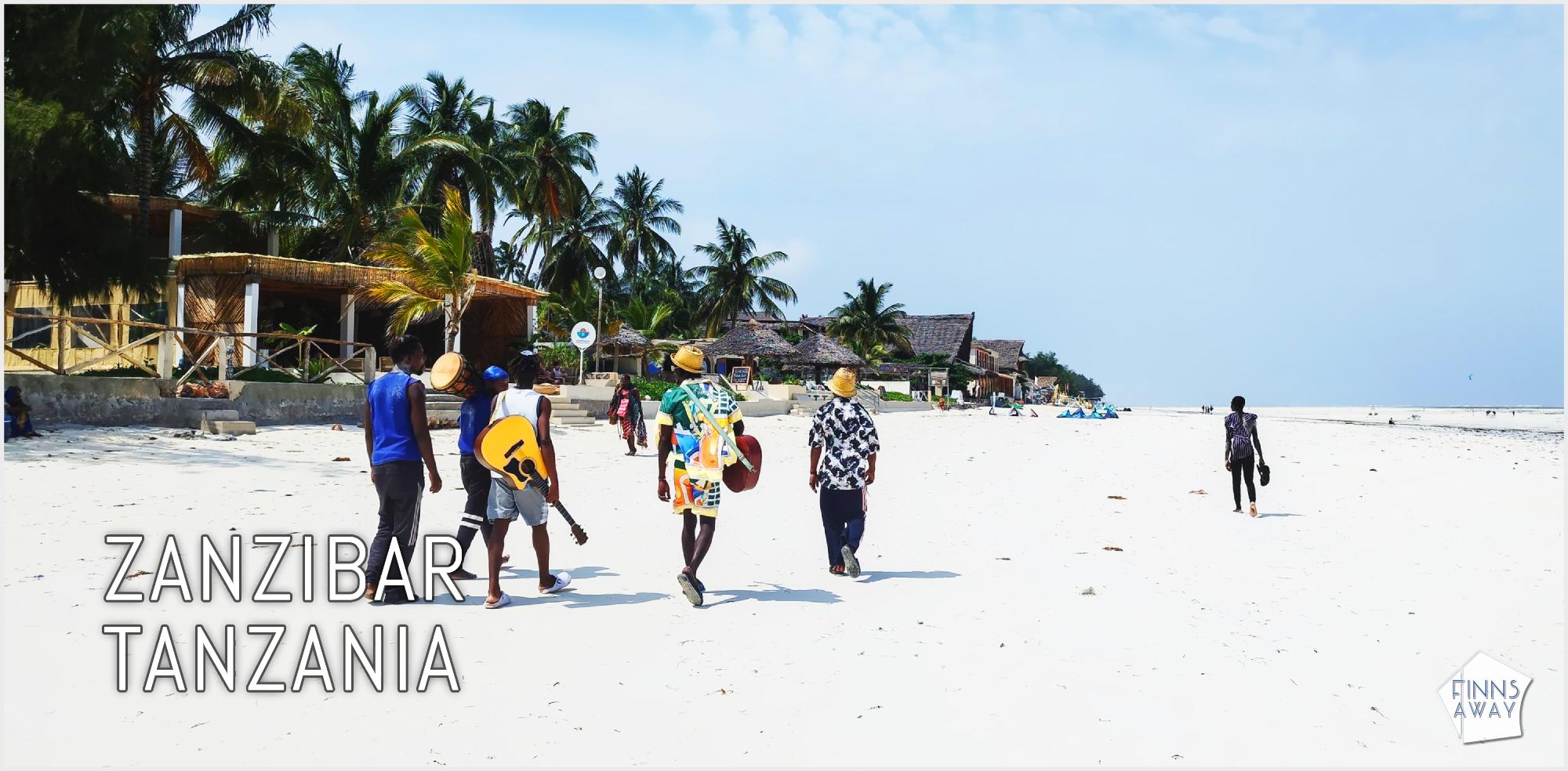
Dar Es Salaam and Zanzibar in Tanzania
Published: February 20, 2024
In January 2024 we made a one-week trip to Tanzania from Kenya. It was way too short trip to get to know this huge and versatile country properly, so we decided to focus only a small part of it, the capital city Dar es Salaam and the world-famous island paradise Zanzibar. In this post we shortly introduce Dar es Salaam and our destinations in Zanzibar – the village of Jambiani, Jozani Forest and Rock Town.
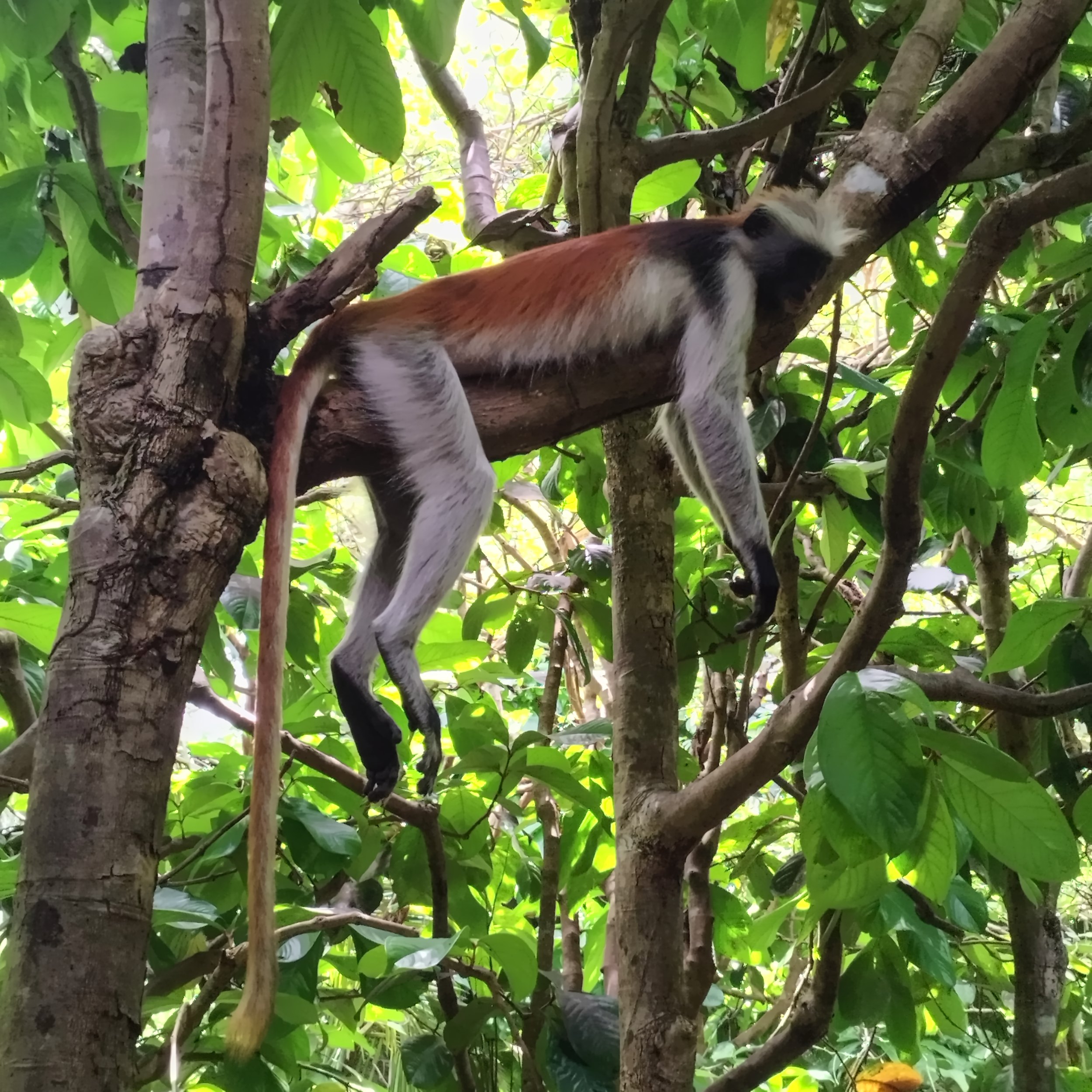
Getting a SIM card and tasting local craft beer in Dar es Salaam
With a population of roughly nine million people and growing, Dar es Salaam is the largest city in Tanzania and the whole East Africa. However, the city’s population is spread over a fairly large area, and the actual city center feels way smaller and quieter than Nairobi in Kenya. As a travel destination, Dar es Salaam is better known for its beaches and nightlife than monuments. For the majority of tourists who come to the city, it is merely a gateway to the rest of Tanzania, especially to Zanzibar and safari tours, but if you have time to stop there, you can explore some colonial-era architecture, museums and beaches, as well as market streets and artisan boutiques.
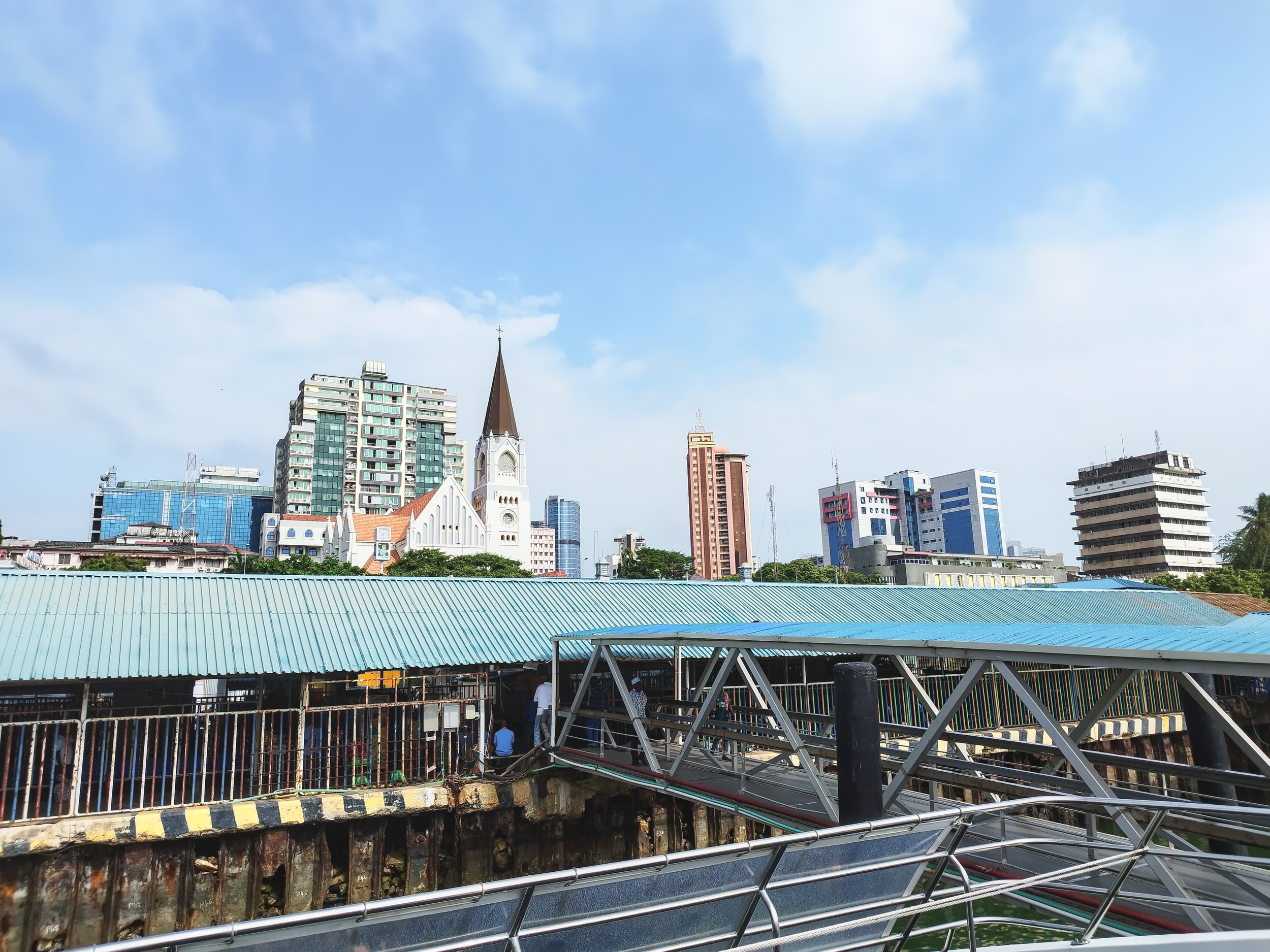
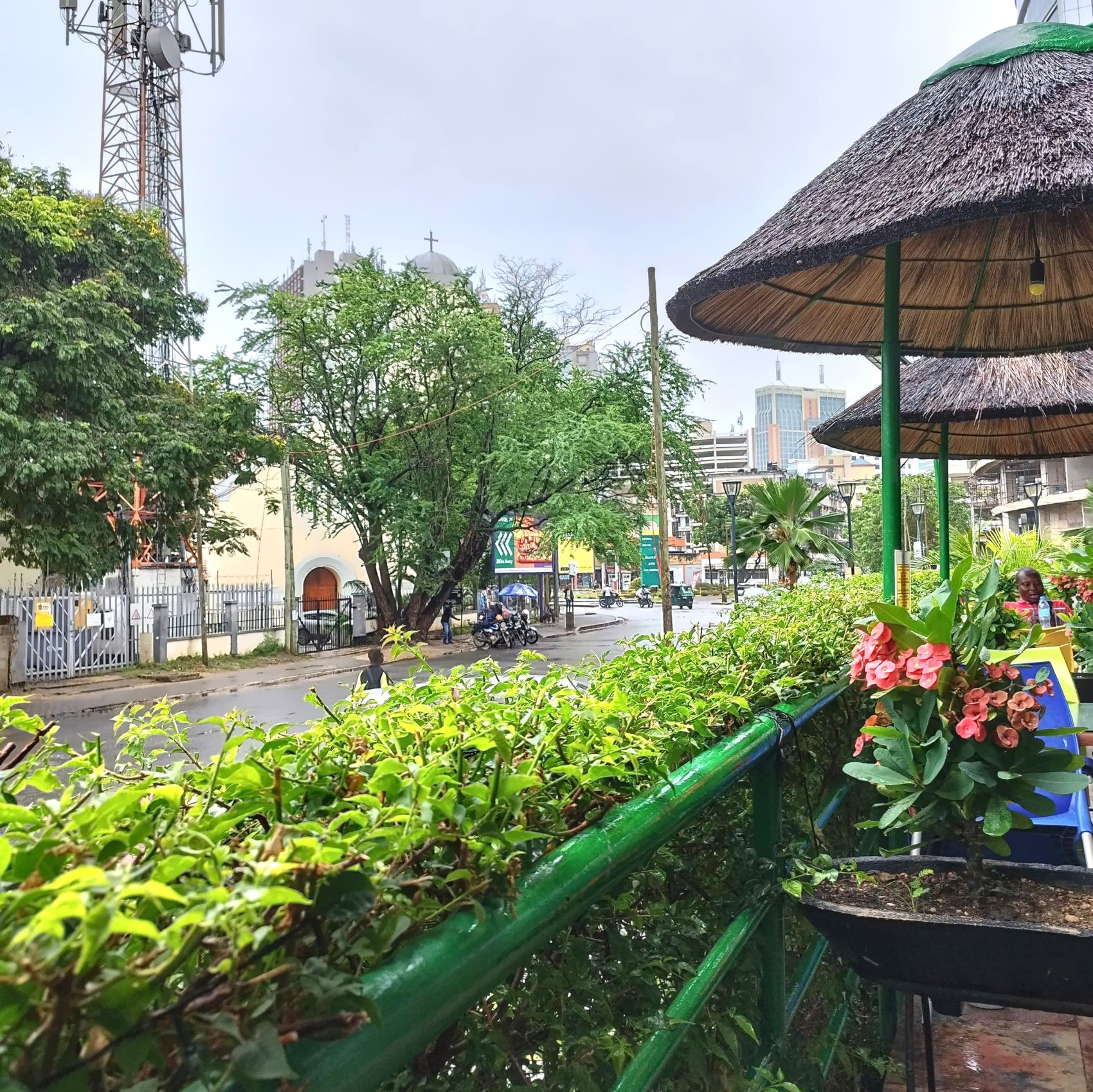
We only had one full day to explore Dar es Salaam, and unfortunately it was a very grey and rainy day. However, we braved the weather and set off on foot – the rain is quite warm at the equator anyway, so what’s the big harm really. In order to use the internet (data is insanely expensive with Finnish SIM cards), we went to a Vodacom store to buy a prepaid SIM card with a five gigabyte data package for the week. As in Kenya, in Tanzania, the SIM card has to be registered, meaning there are no such pre-paid cards. However, the process is done quite quickly and easily at the store. We also withdrew some local money, because we knew that at least not all beach bars in Zanzibar accept the card.
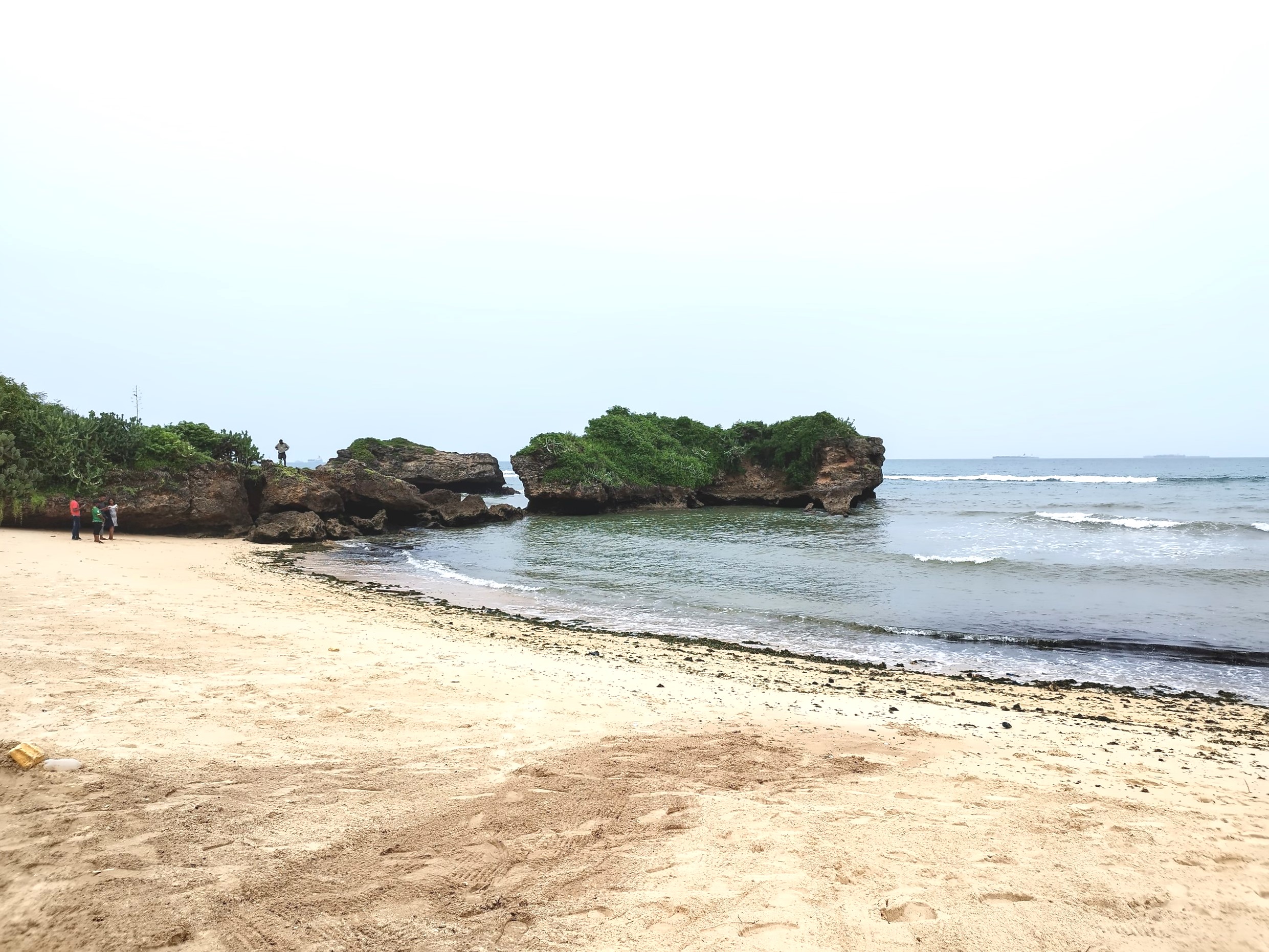
We walked from the vicinity of the ferry pier (where we stayed at the somewhat shabby Kibodya Hotel*) through the city center, over the relatively new Tanzanite Bridge and along the coastline towards the wealthy Masaki area, a peninsula with a lot of European origin population. Masaki is a charming area with lots of restaurants, hotels and a beautiful coastline. What lured us in there, was an invitation to visit the city’s only microbrewery, the wonderful Crafty Dee’s Brewpub. We wrote a more detailed introduction post of the brewery in the Craft Beer Nomads blog, but also as a tip here; if you like tasting local beers on your travels, you should definitely head to this brewpub if you travel to Dar!
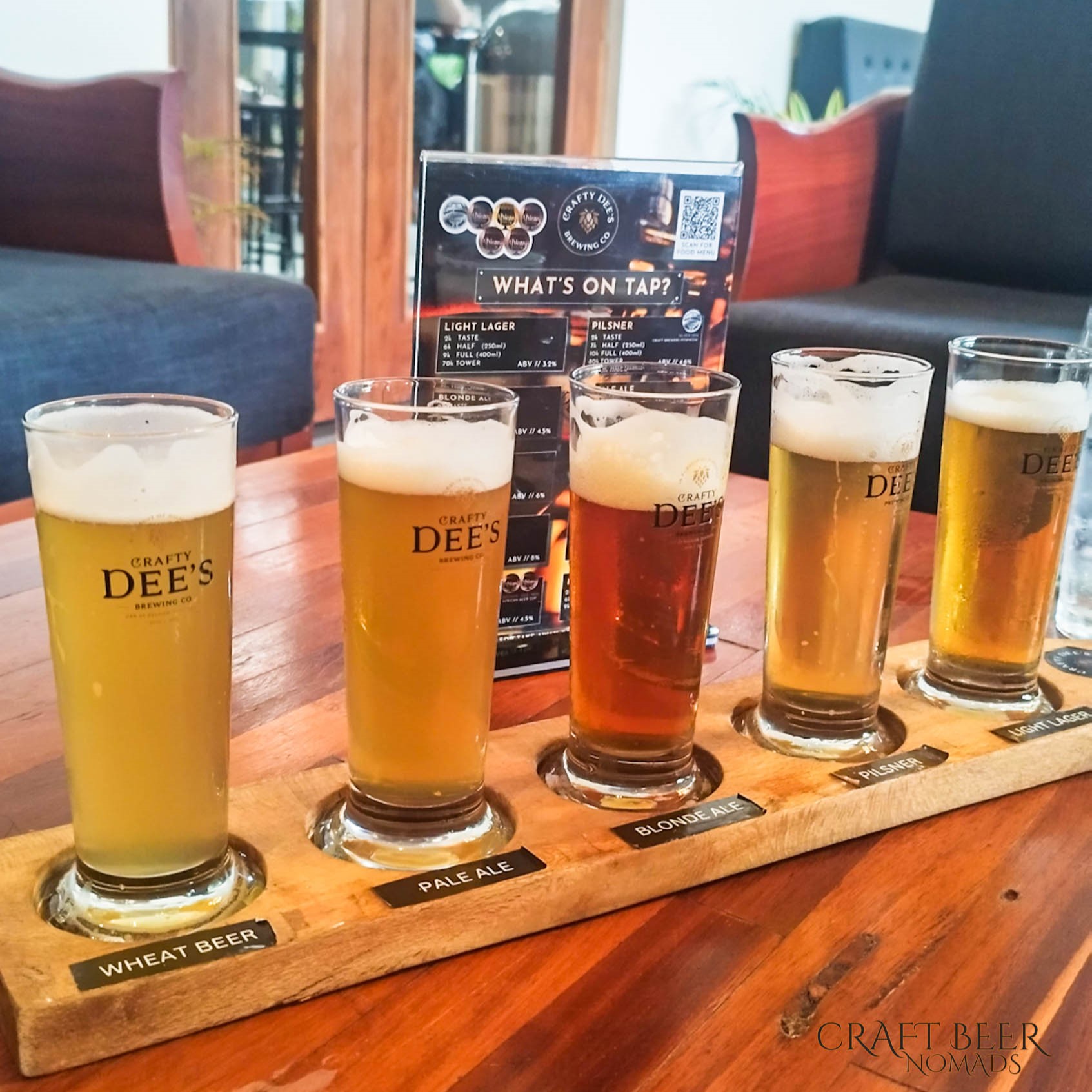
Ferry from Dar es Salaam to Zanzibar
It’s easy and cheap to get to Zanzibar from Dar es Salaam by flying, but we wanted to experience a slightly more local way and go by a ferry. Unfortunately, the slower, cheaper “slow boat” ferry, that used to operate on the route, has apparently stopped operating, so the only option are the fast ferries. We took the 9:30 morning ferry, which cost 35 dollars per person. Luckily the weather that morning was sunny and calm – we had read horror stories about rough seas and very bumpy speed boat rides. This time the journey went fairly smoothly, and we got to enjoy the beautiful views.
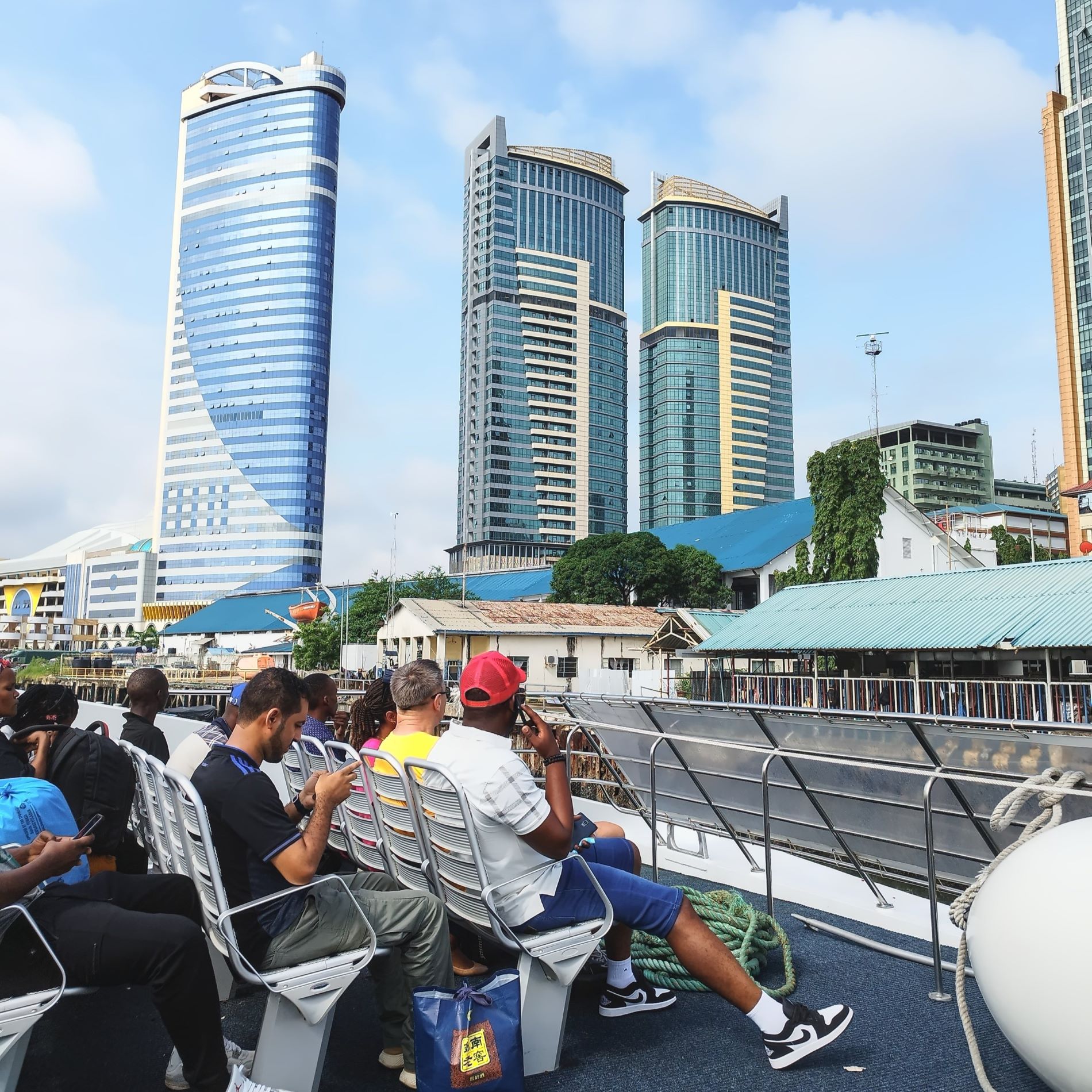
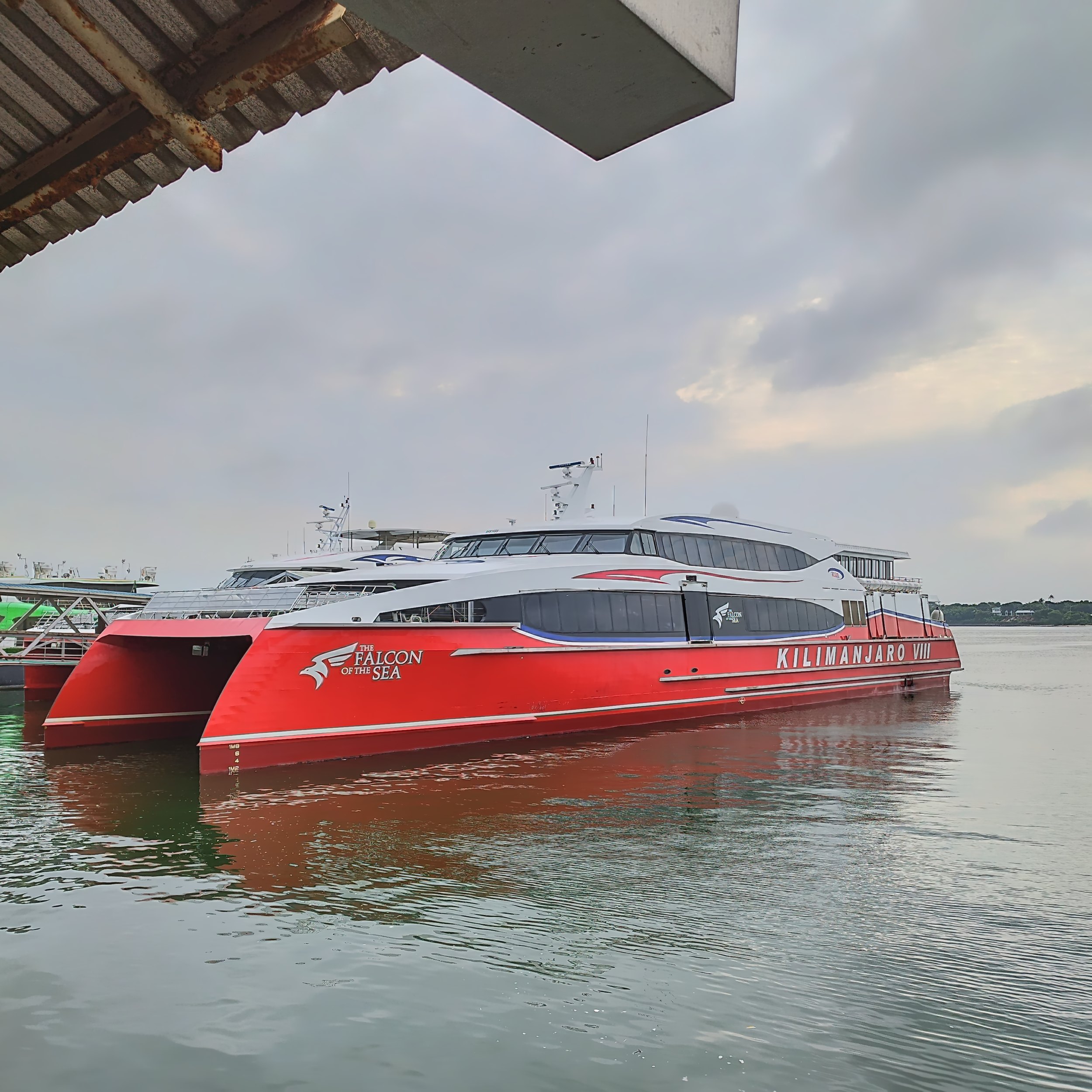
After about an hour and a half we arrived at the largest island of Zanzibar, Unguja. The main island Unguja is very often referred to simply as Zanzibar, but the archipelago includes numerous other islands too. Unguja is home to the city of Zanzibar, where the speed boat docks also are. When we disembarked, we had to fill out a new immigration form, apparently because Zanzibar and mainland Tanzania are separate customs areas. The first destination of our trip was the village of Jambiani on the east coast of the island. We traveled there by local transport, with inexpensive pickup trucks called dala-dala, that run between the villages on the island. The journey across the island to Paje and from there along the coastal road to Jambiani took about an hour and a half.
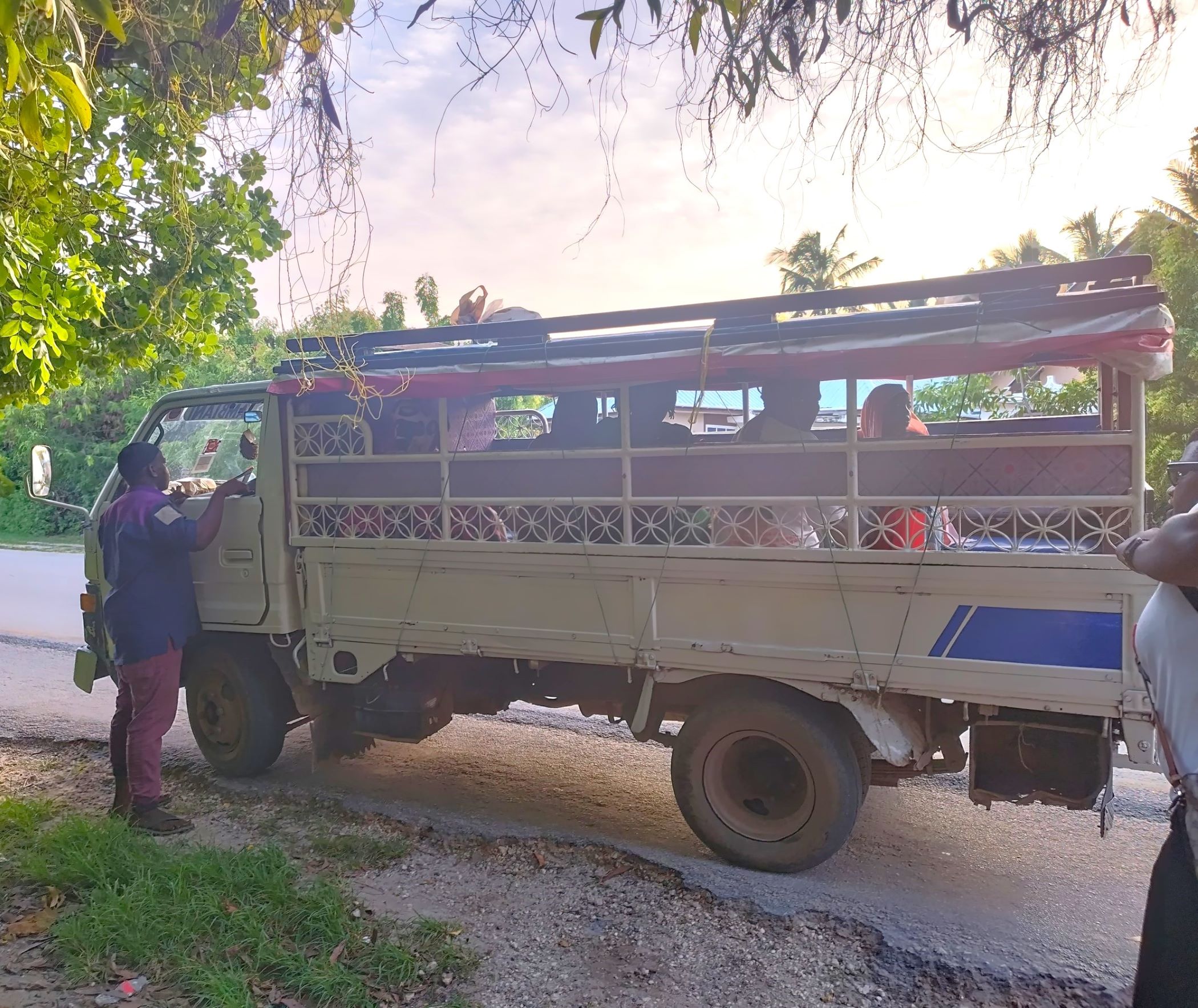
Jambiani village is a serene beach destination
Zanzibar has become a popular beach holiday destination, which means that there are famous resort destinations on Zanzibar, such as Nungwi and Kendwa on the northern tip of the island and Dongwe on the east coast. Compared to there, Jambiani is small and quiet, suitable for those who appreciate tranquility. But we have to say that it is no longer a real hidden gem, so you won’t be alone, especially during the busiest season. During our visit in mid-January, the main season had already ended, and the village and the beaches were quite quiet.
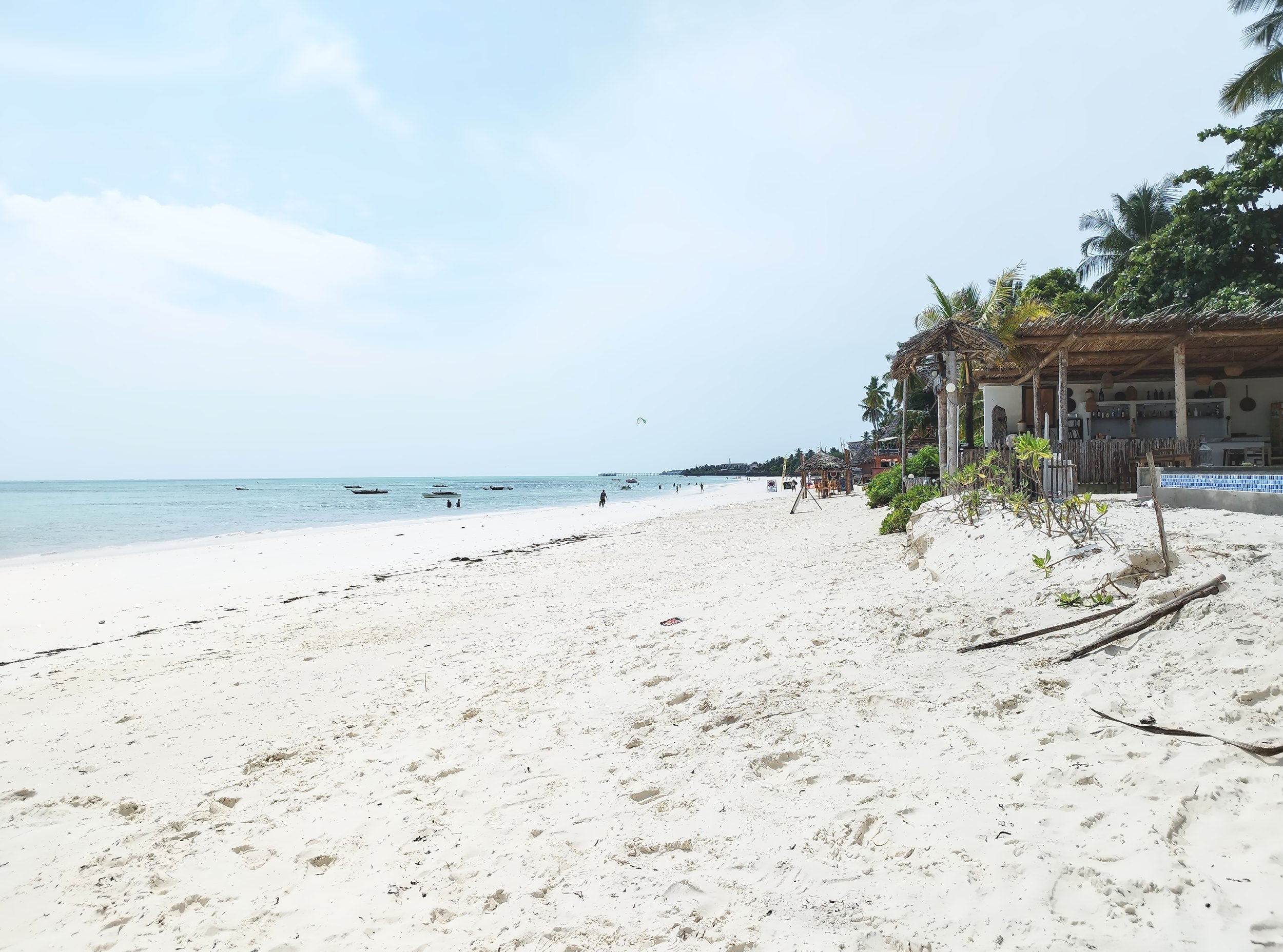
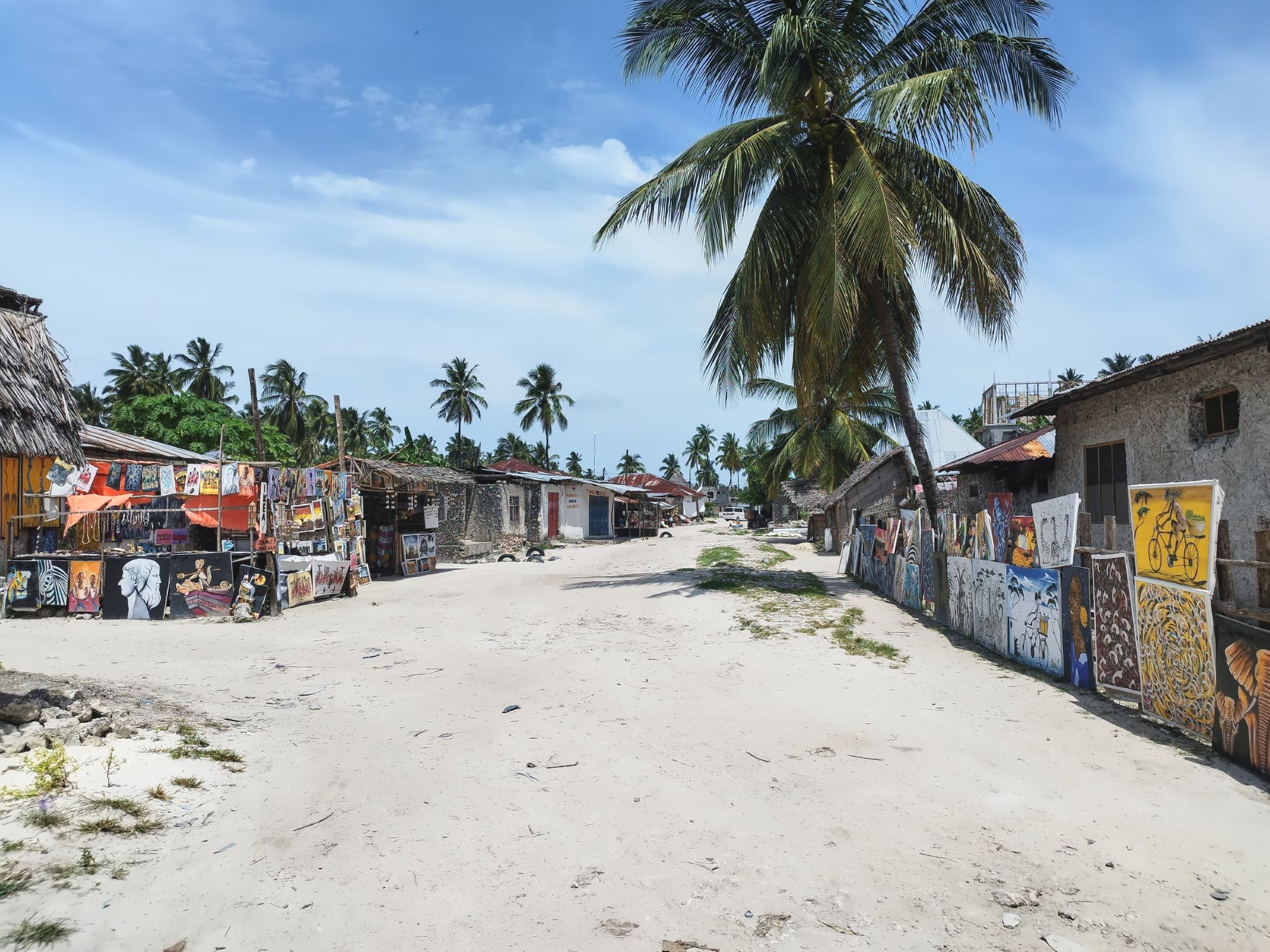
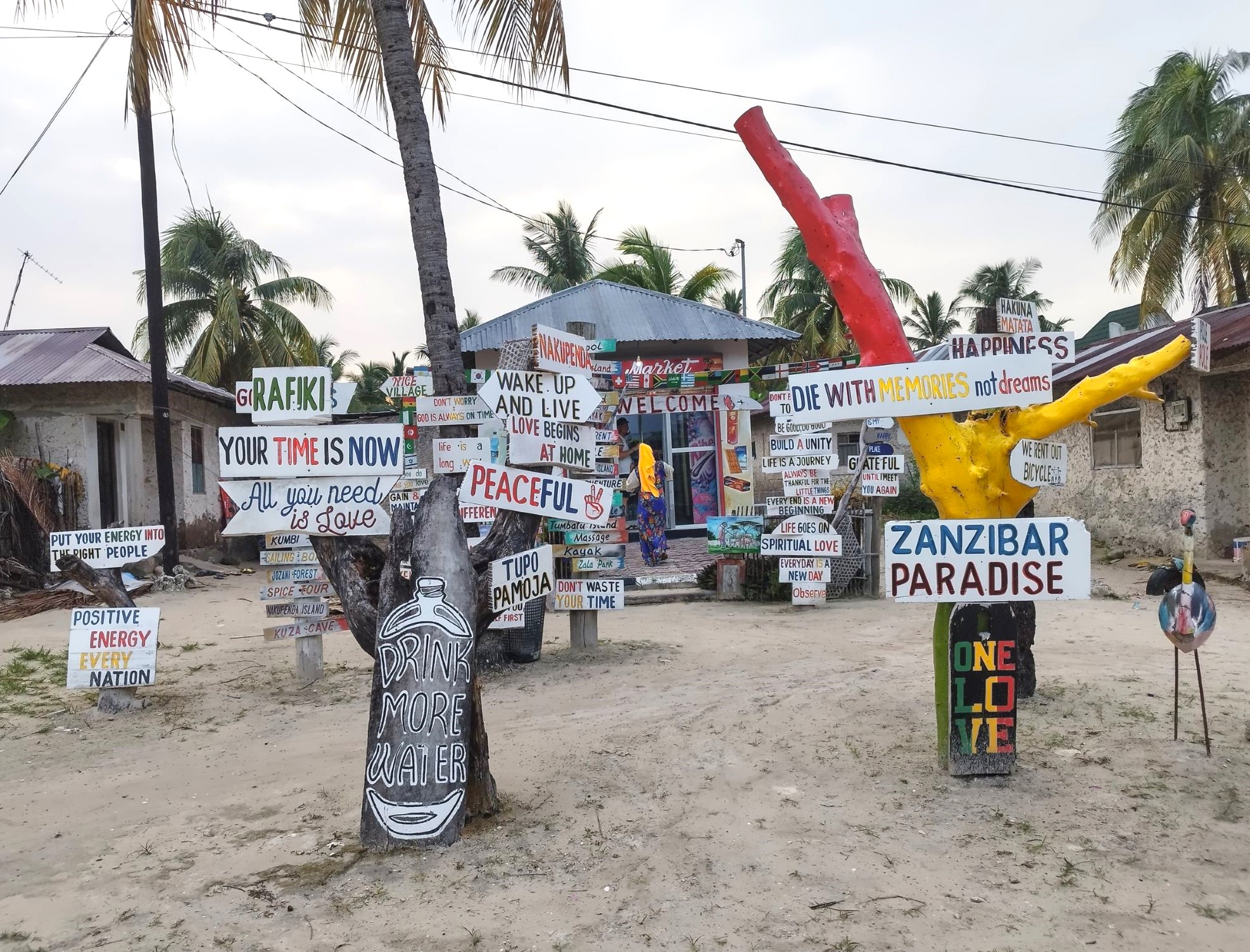
Jambiani’s beach is magnificent, with perfectly white sand and turquoise waters. It’s a very long stretch of beach actually, and it’s possible to walk along the beach for up to twenty kilometers! However, the tides are really strong on this shallow beach, so it’s worth checking the times of high and low tides – during the peak of the high tide, the beaches are almost completely covered, and during the low tide, the sea retreats hundreds of meters. Depending on the time of year, there can be quite a lot of seaweed on the east coast, which is also cultivated in some places, so the beaches rarely appear completely pure white.
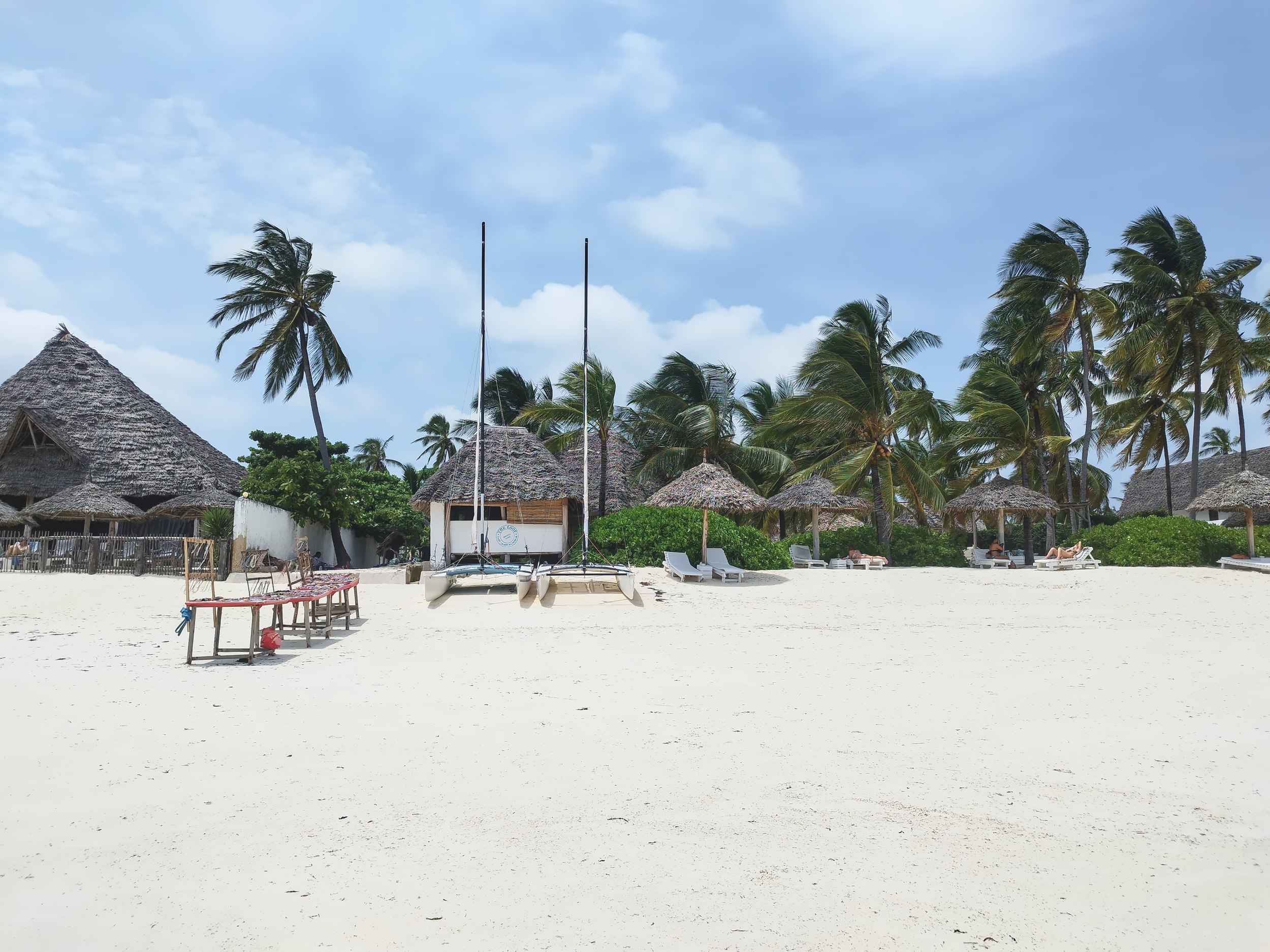
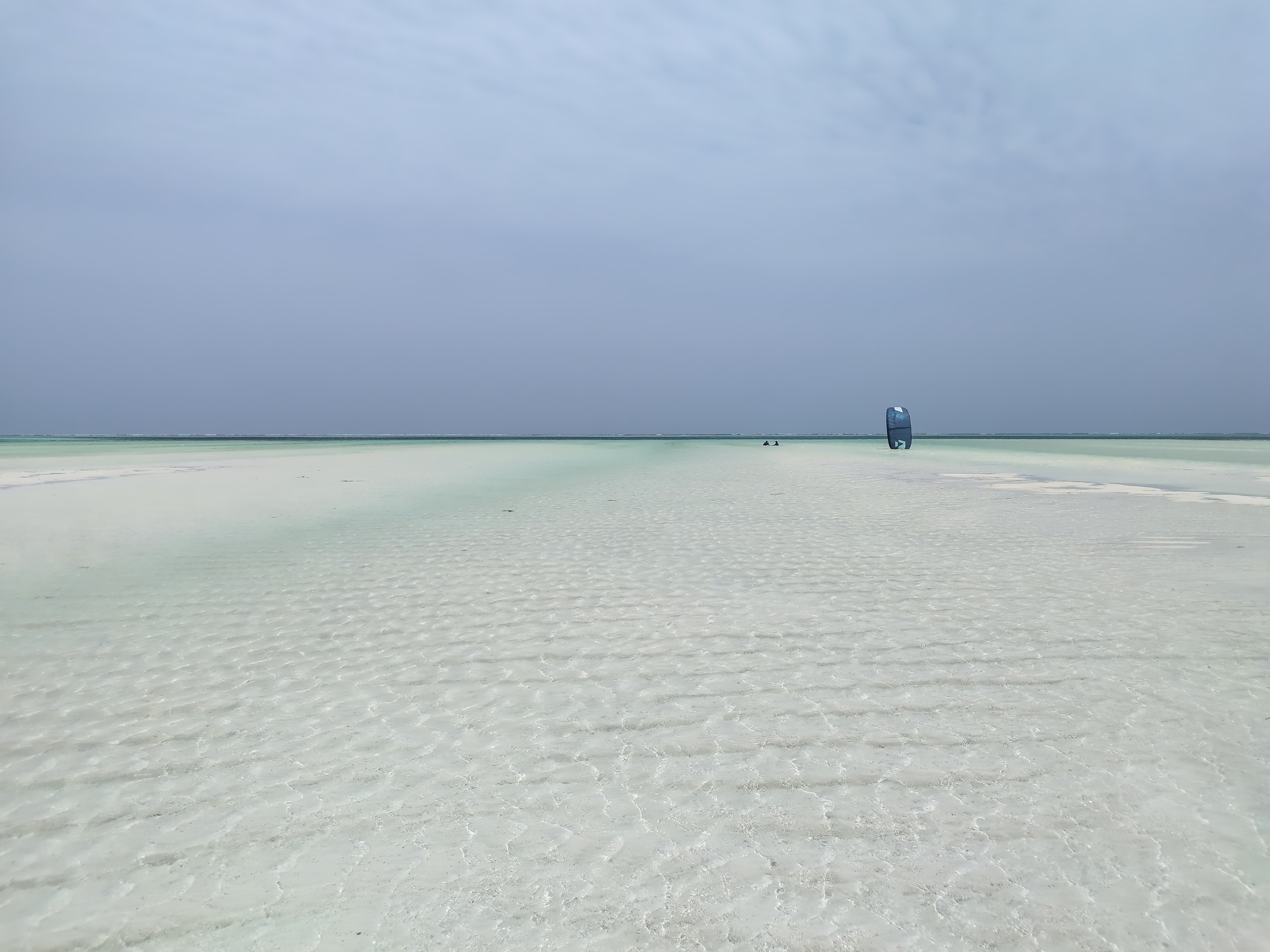
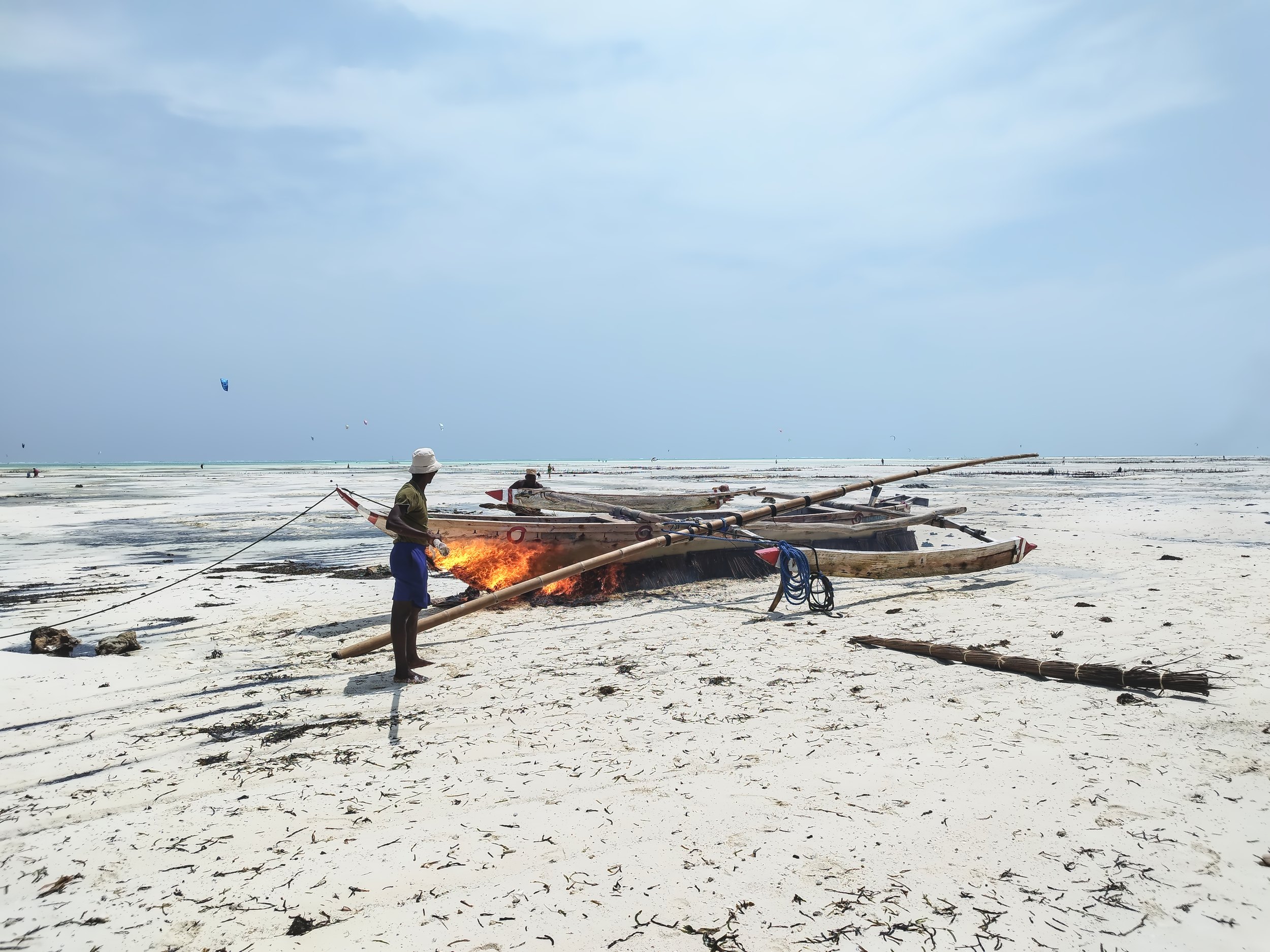
We stayed very close to the beach in a small local guest house called Wow Beach House. It was a charming place, a three-room guest house built and owned by a local man who also works as a kitesurfing instructor. The price of about thirty euros per night included an air-conditioned room and private bathroom, as well as a really lovely and hearty breakfast. There was also a lovely little restaurant right next door, called Jiwe’s Swahili Kitchen.
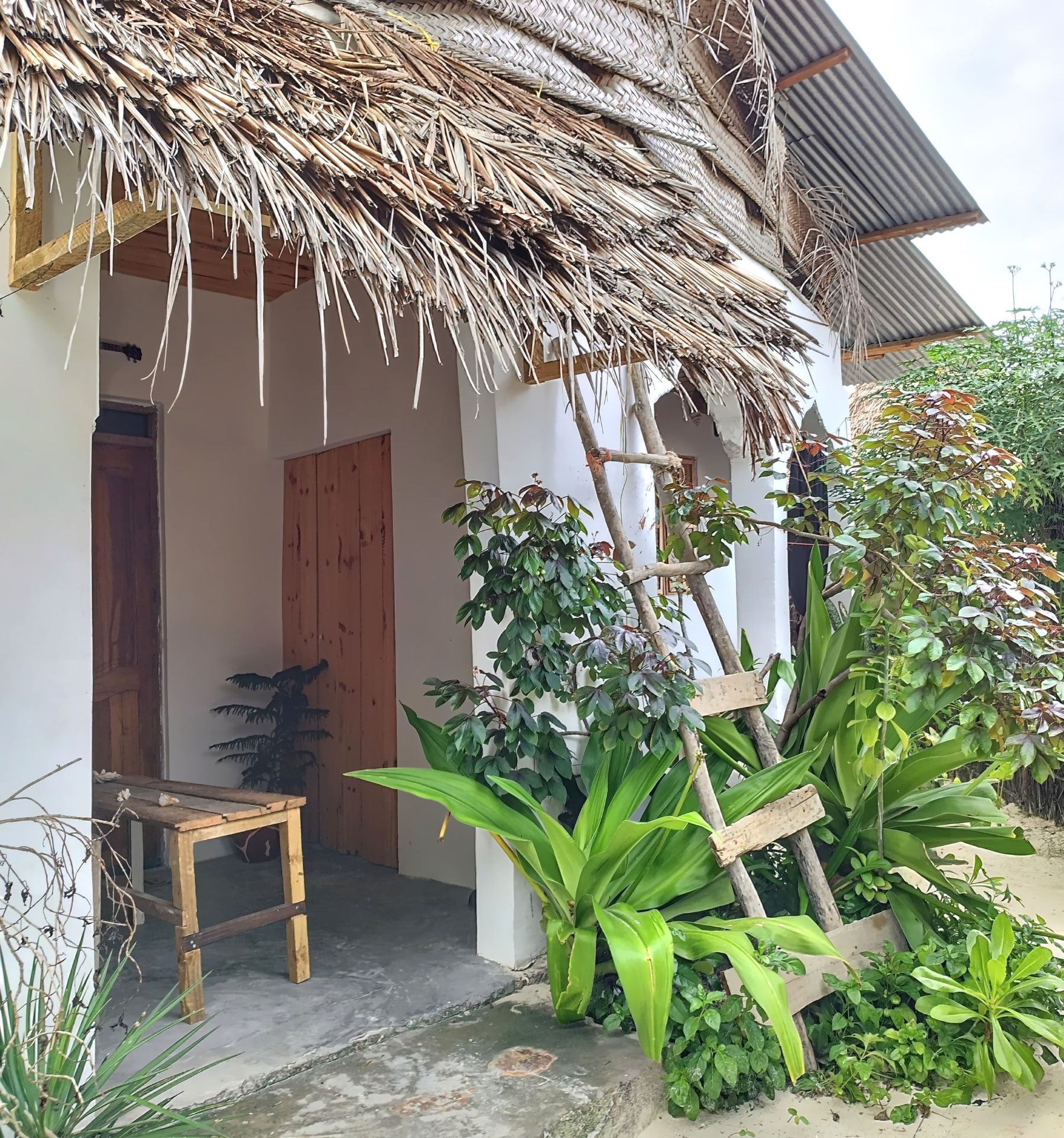
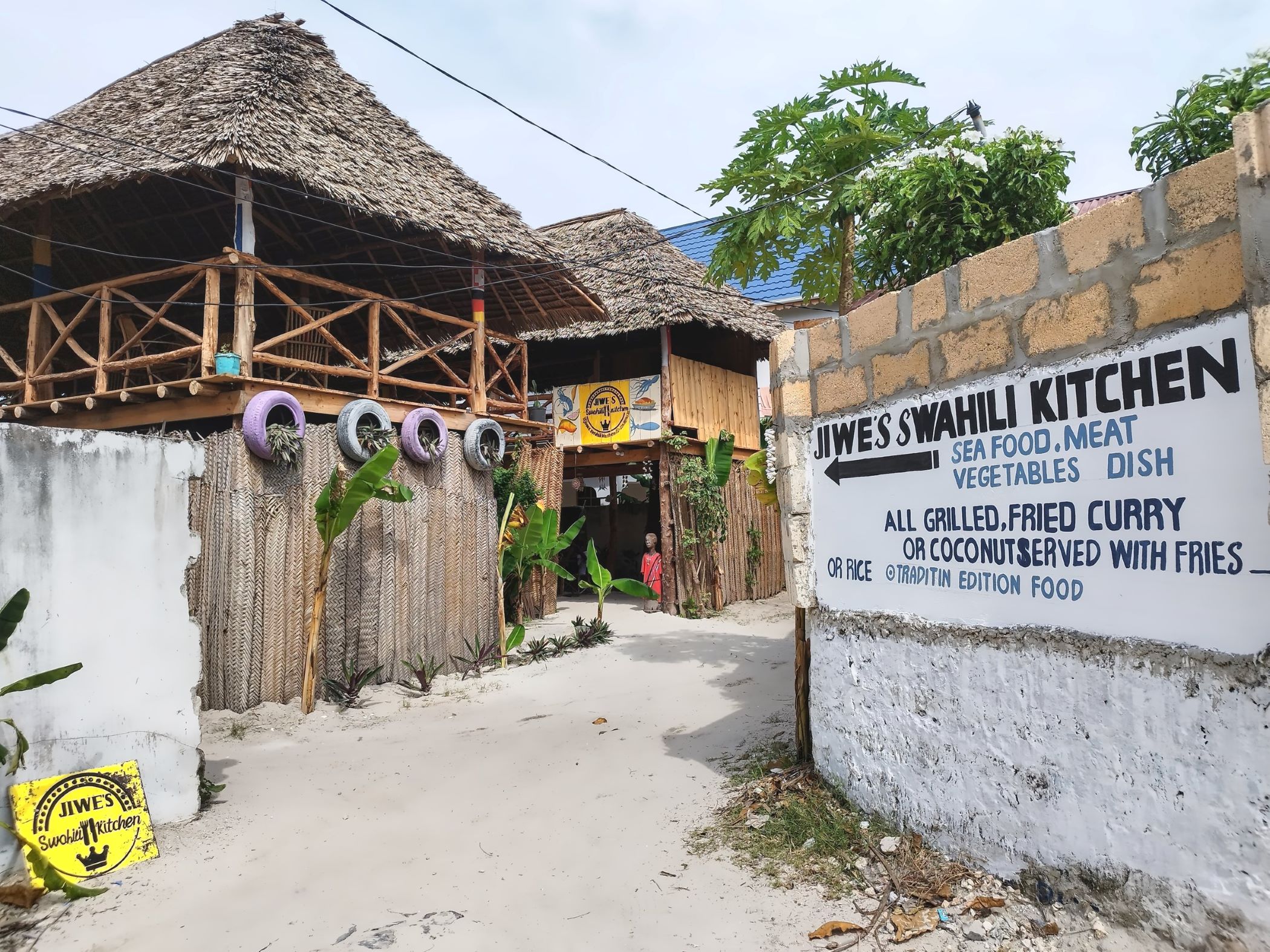
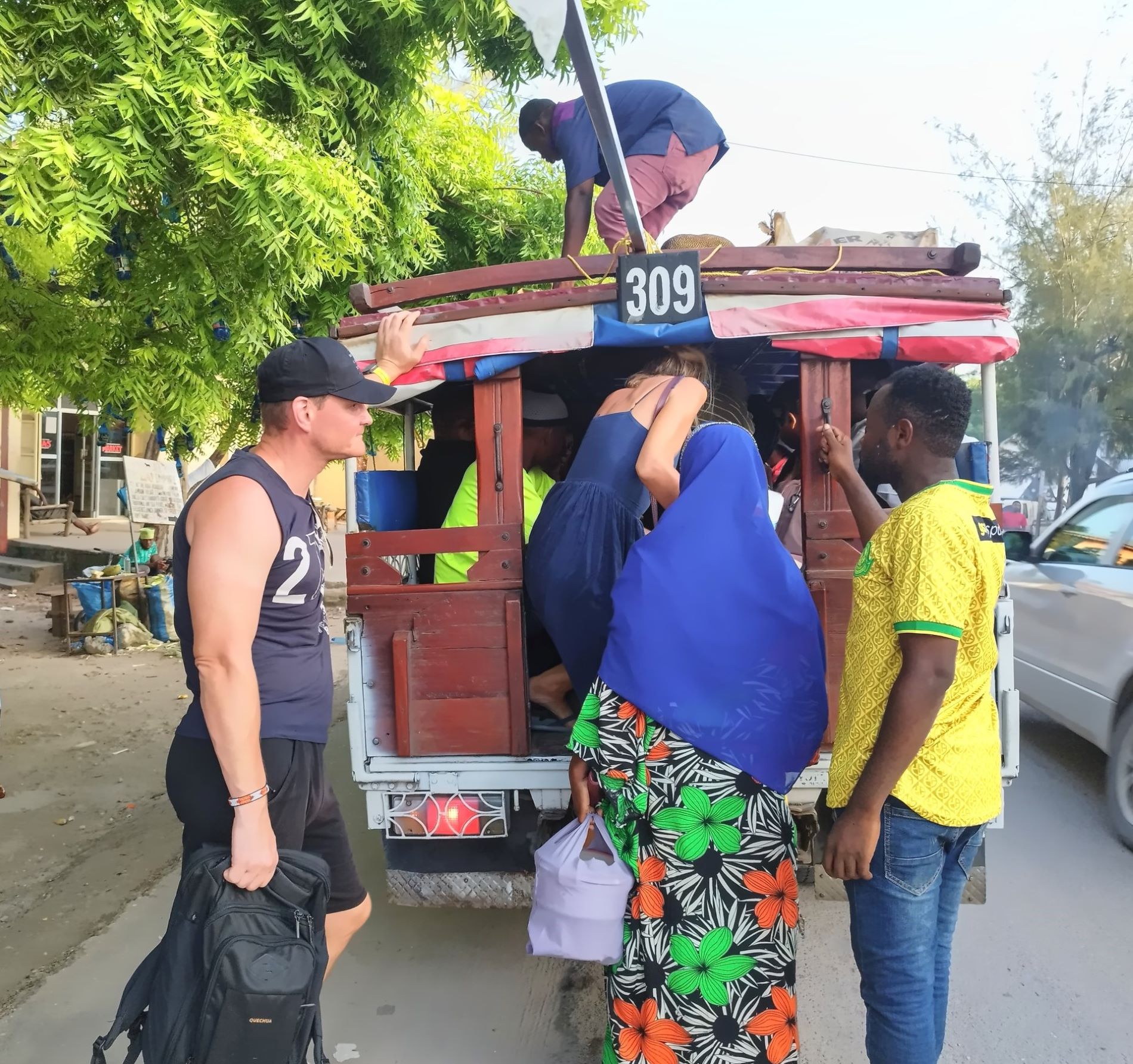
Our time in Jambiani was mostly spent walking along the beaches, jogging at sunrise and just hanging out, trying to not to think of anything work related. One afternoon we walked along the sandy beach all the way from Jambiani to Paje, admiring the stunning beach scenery and kitesurfers on the way. There are numerous kitesurfing schools in Jambiani and Paje, and it is probably the most important holiday activity in Zanzibar for many travelers. We also took a dala-dala to Pingwe, to see the “instagram-famous” The Rock, a beach restaurant built on a small boulder, surrounded by the sea at high tide. It is a truly beautiful place!
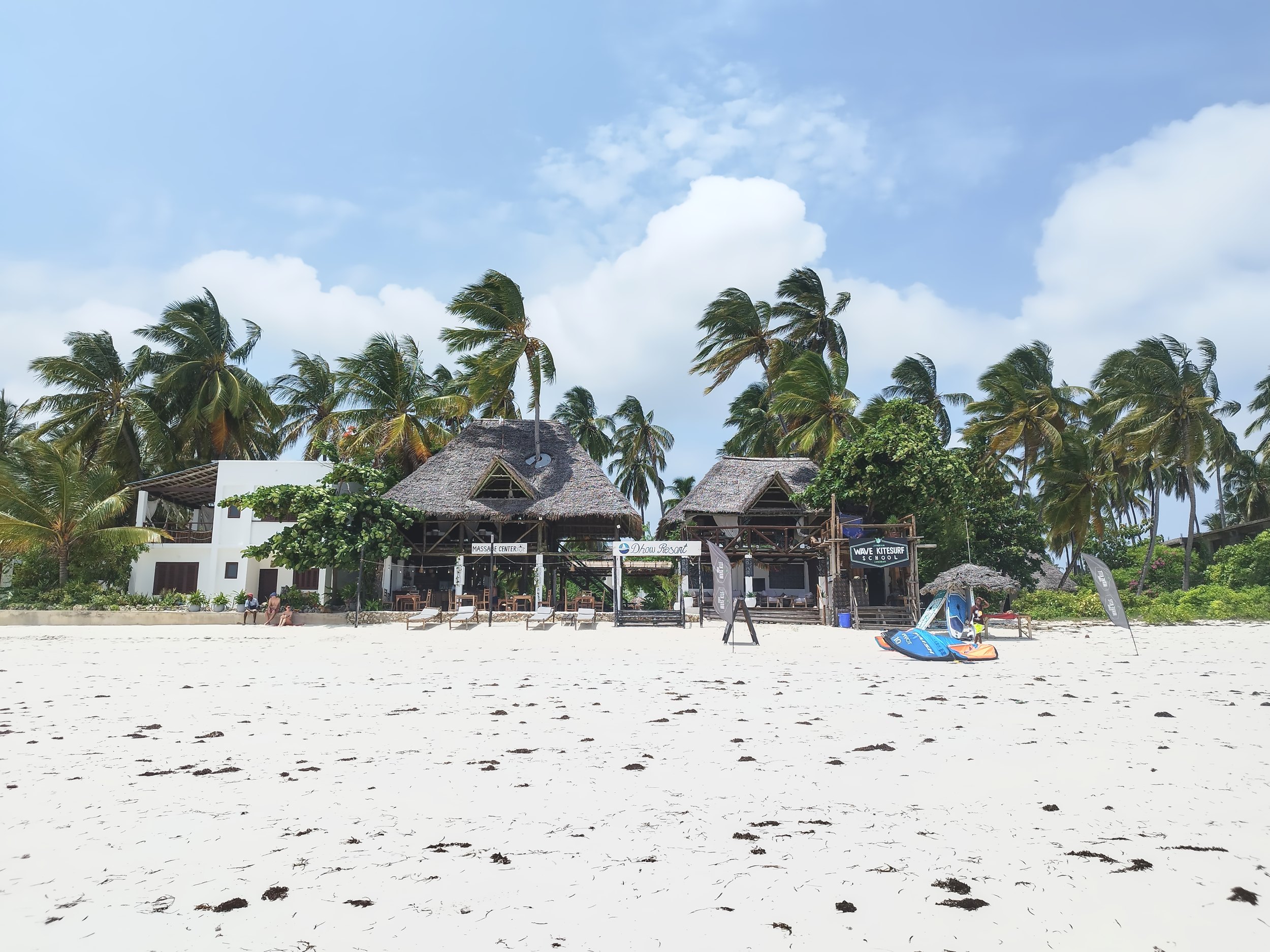
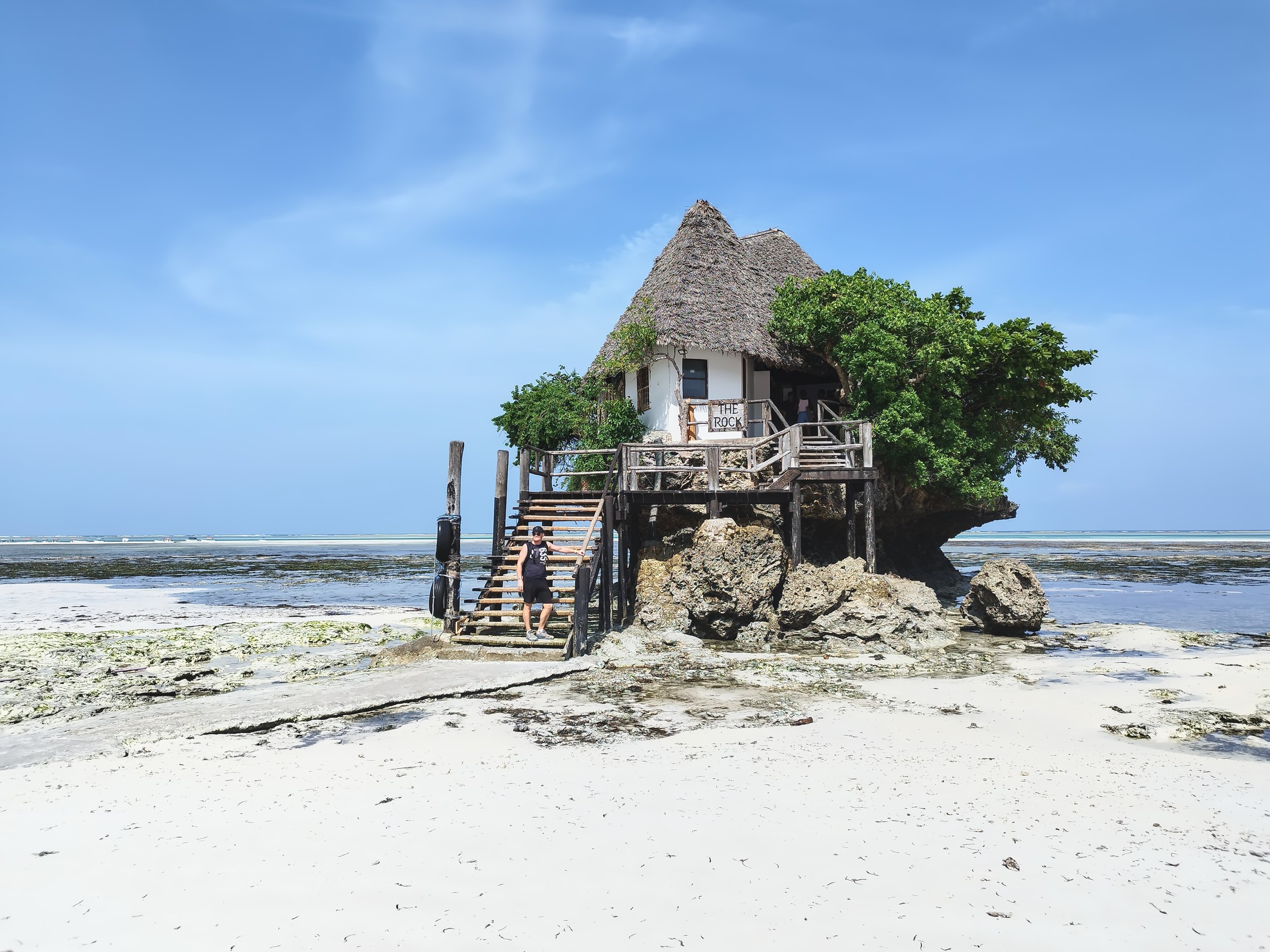
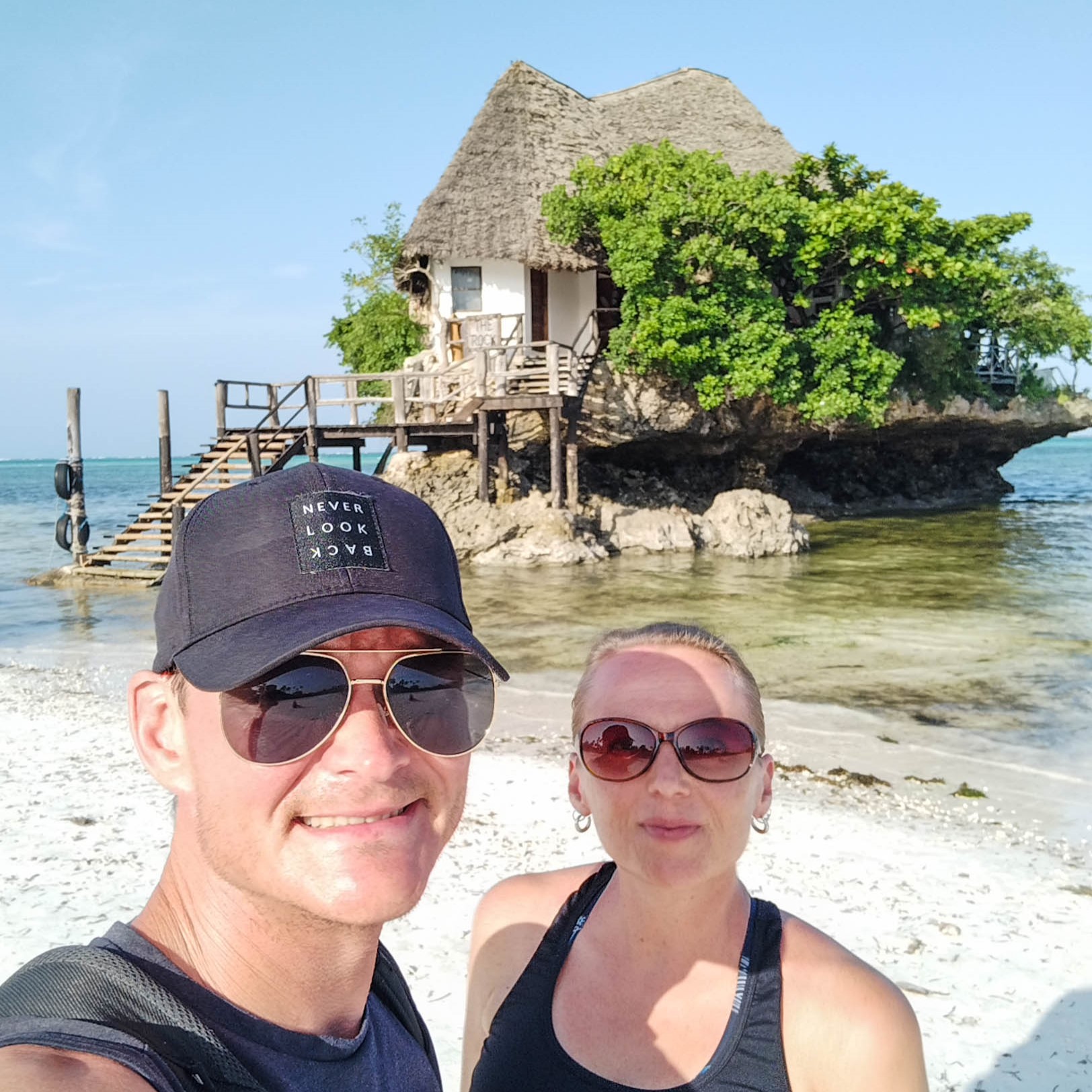
The protected Jozani Forest is home to the Zanzibar Red Colobus monkeys
One of the highlights of our stay in Jambiani was a visit to the Jozani Forest Nature Reserve. Located in the central part of the island, this protected forest area is part of the Jozani Chwaka Bay National Park. The most famous inhabitants of Jozani Forest are the endemic Red Colobus monkeys, but there is also other species, and during the visit the guests can explore a wonderfully green forest area as well as wetlands and a mangrove forest near the bay. Jozani Forest can only be visited on a guided tour, which can be booked at the park gate. Expert guides take visitors along the forest trails, telling them about the background, plants and animals of the area. To get to the national park from the villages, it’s possible to use the dala-dalas, or to book private transportation.
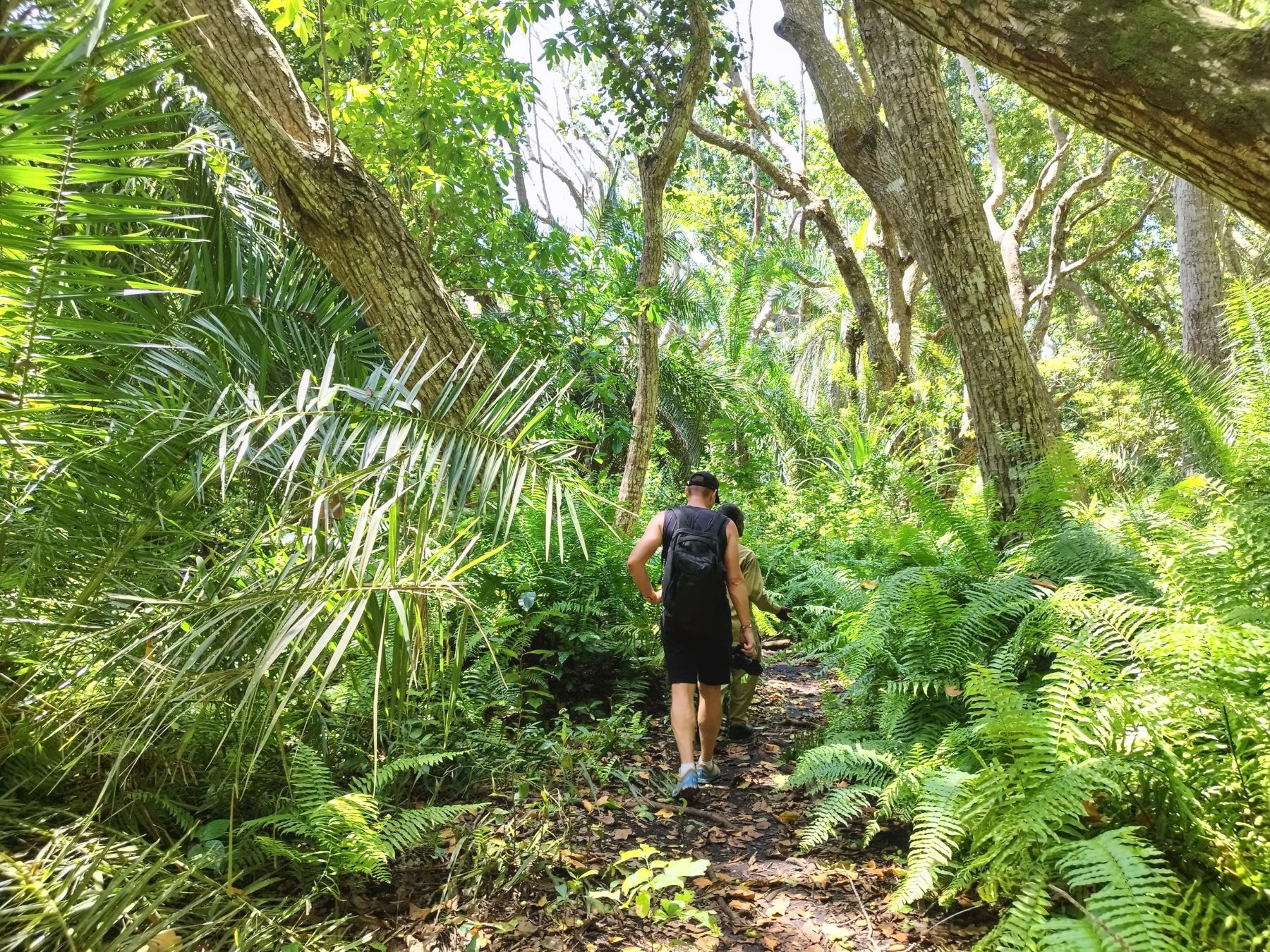
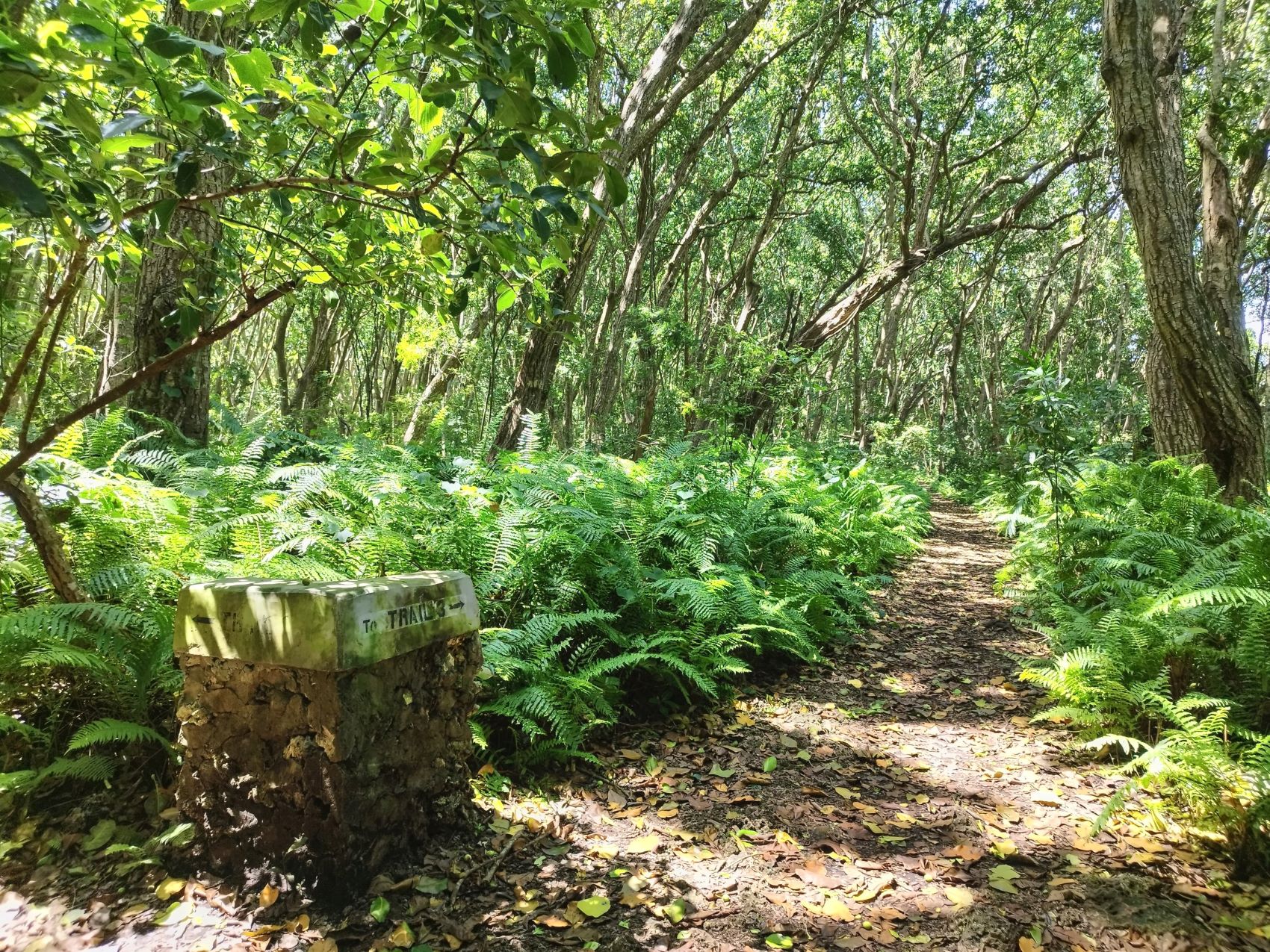
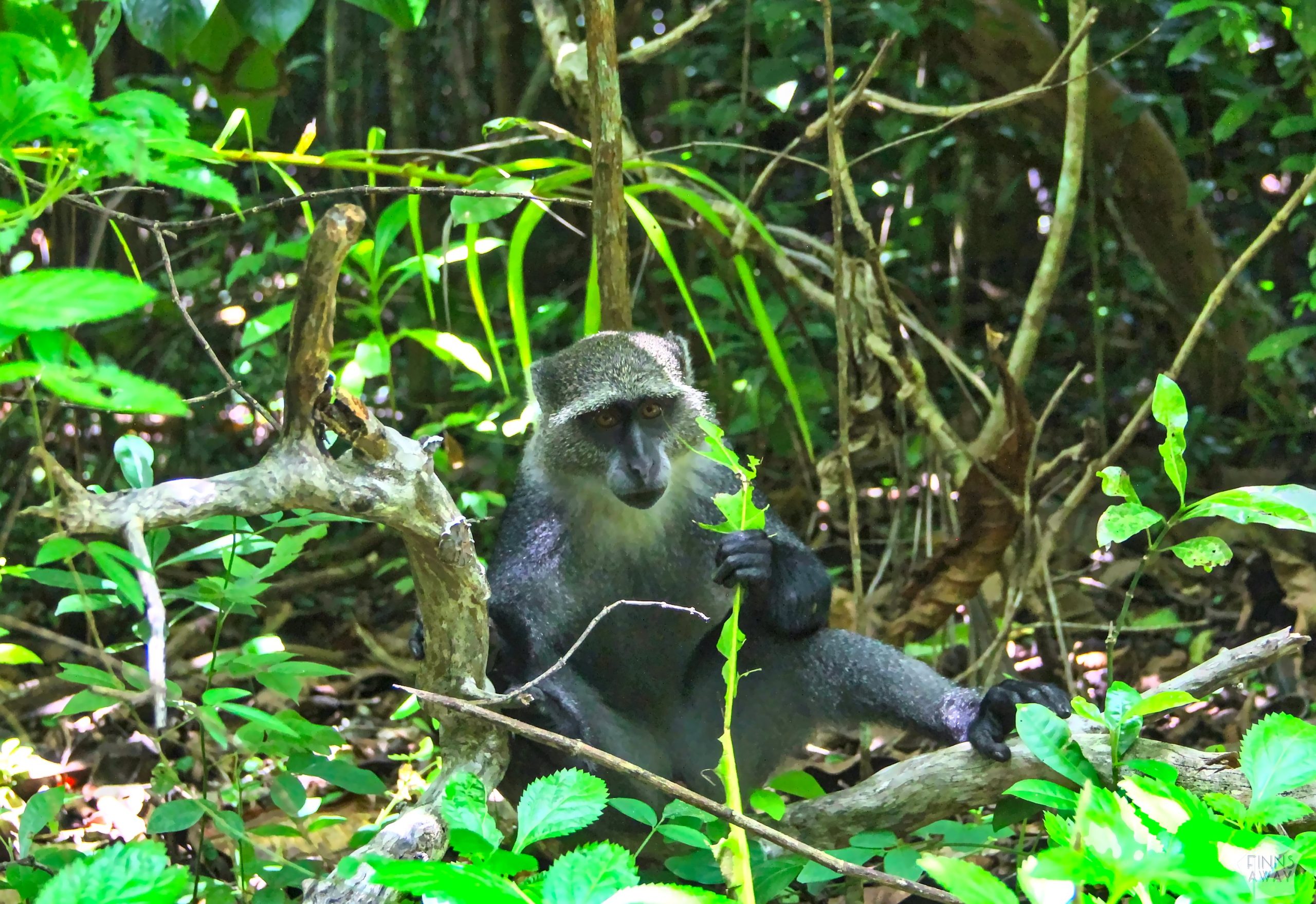
The forest tour was really interesting, but admiring the charming-looking Red Colobus monkeys felt a bit like a touristy activity unfortunately. There were numerous groups of visitors taken right next to the monkeys at the same time, and it felt like we were too close. The monkeys didn’t seem to mind much tough, I suppose the pack was very used to having visitors around. These endangered monkeys are only found in Zanzibar, and there are, depending on the estimate, 1000 to 3000 individuals in the Jozani Forest in total. Other species of fauna found in the park include the Sykes’ monkey, bush babies, more than 50 species of butterfly and 40 species of birds.
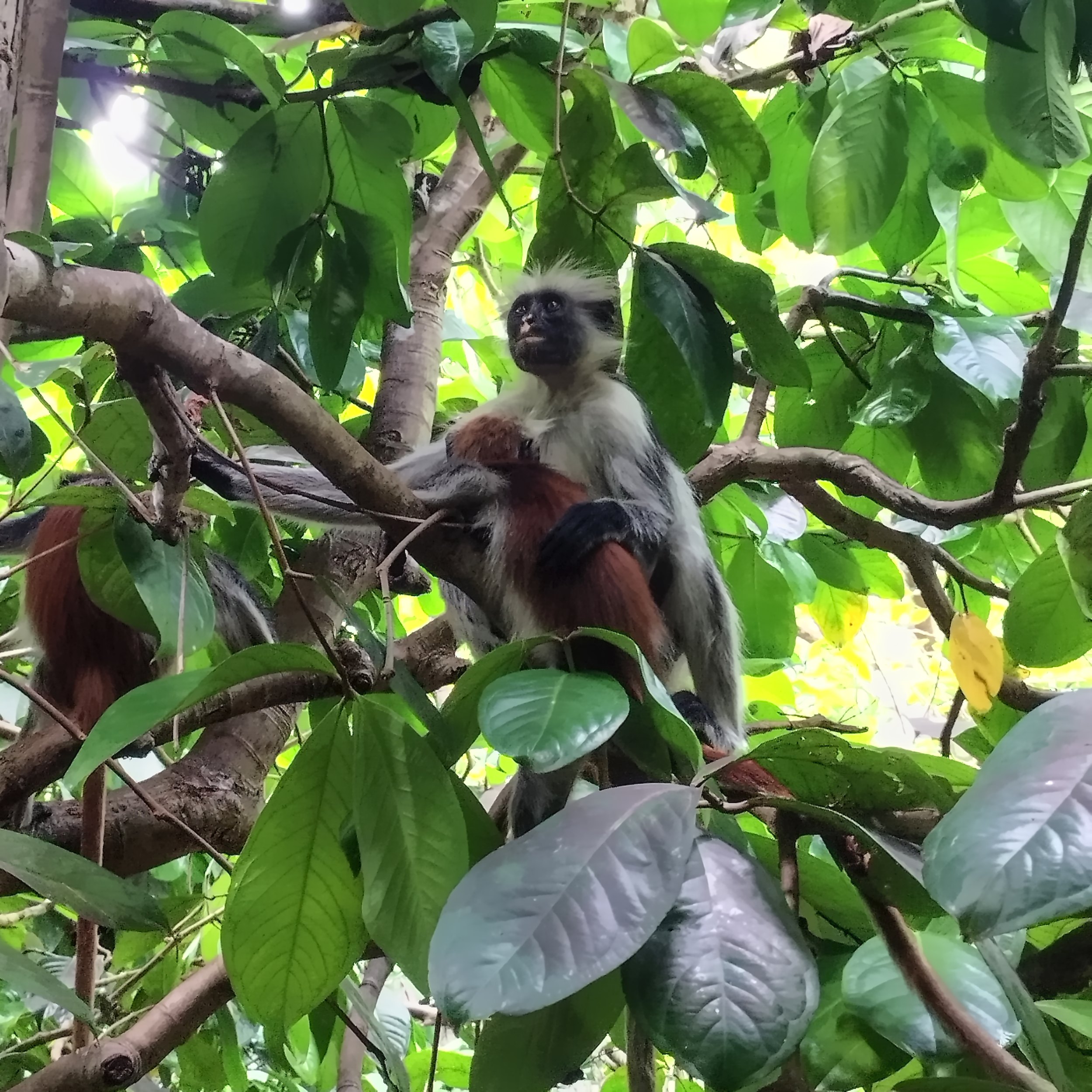
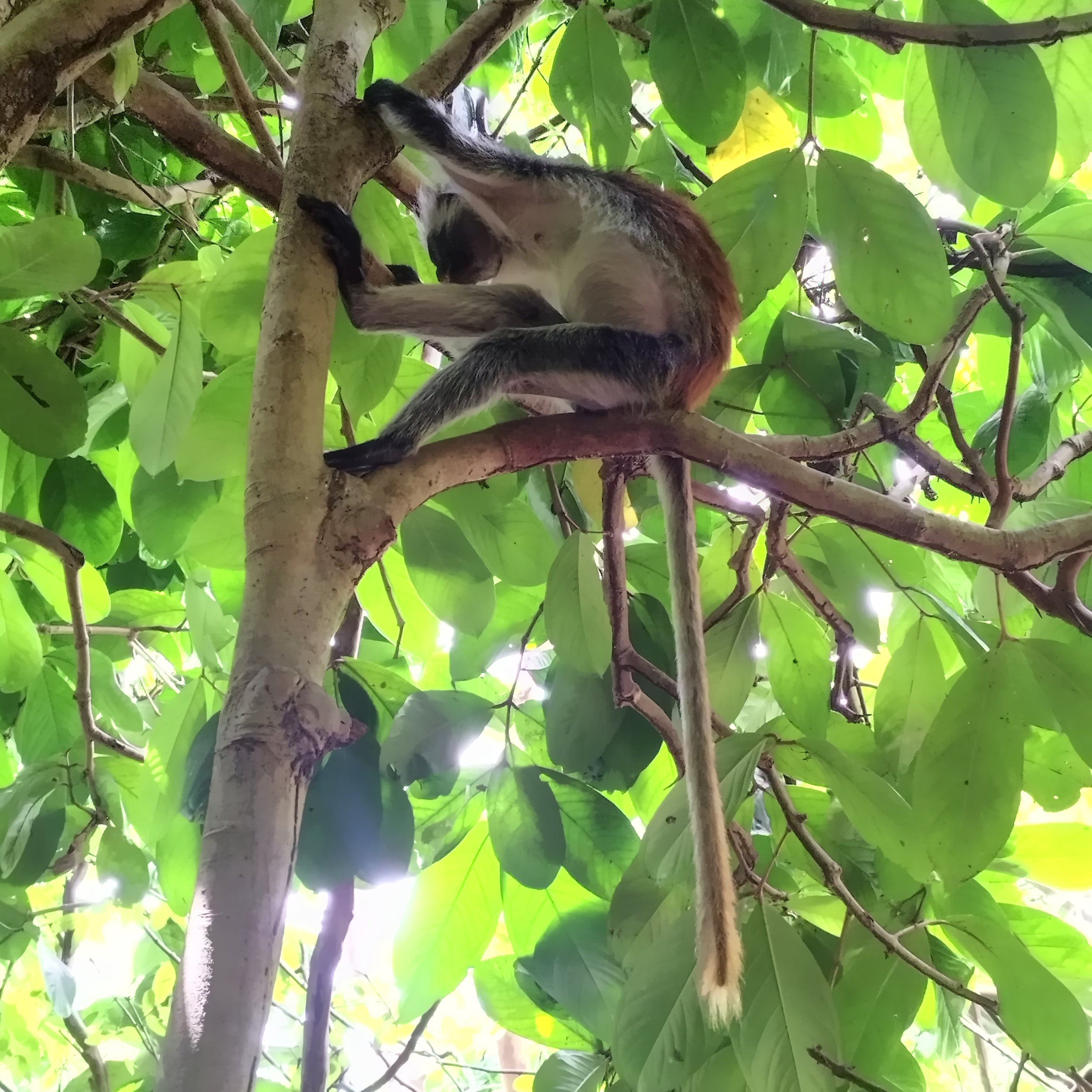
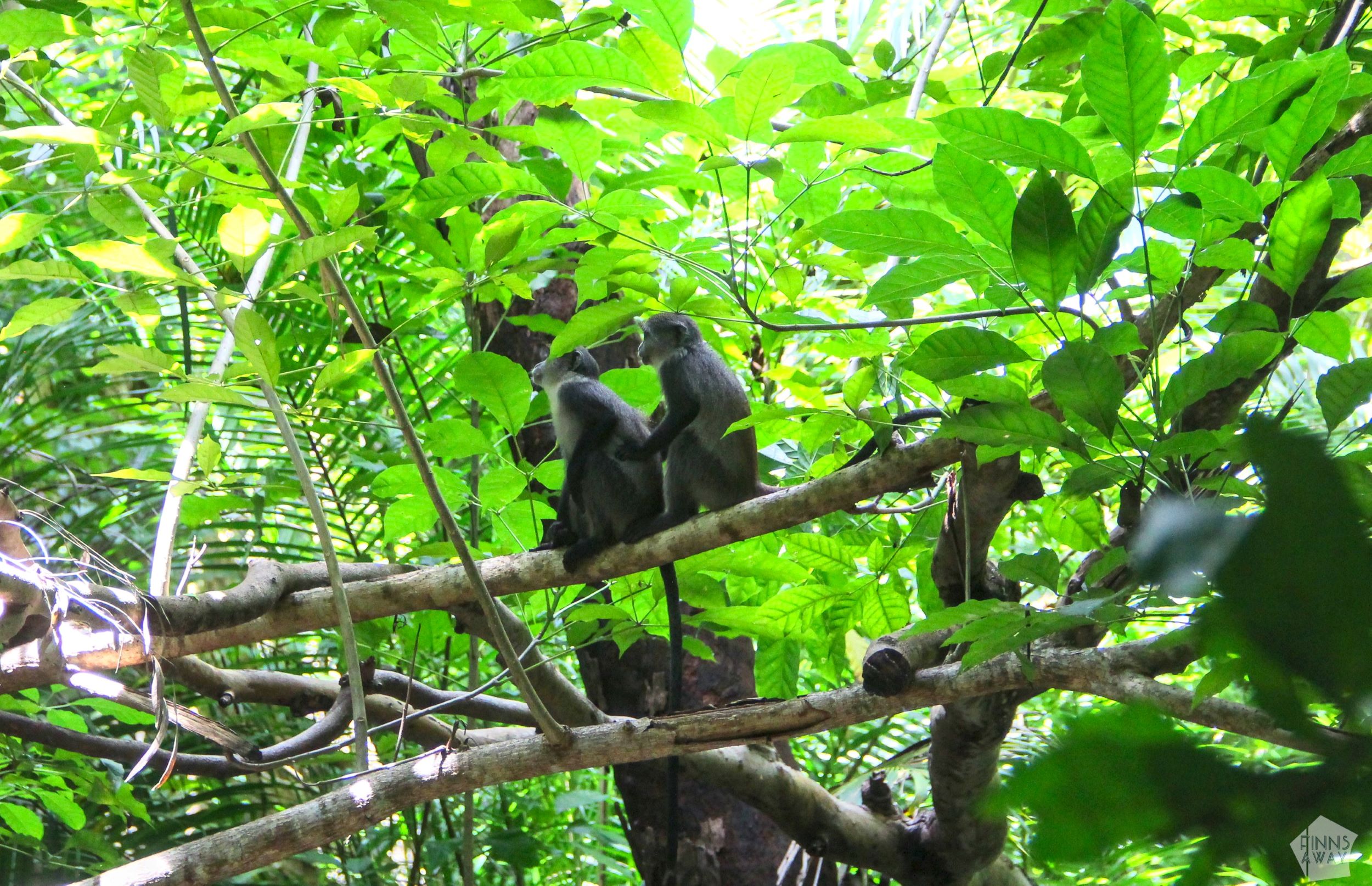
Exploring the charming Stone Town
At the end of our trip in Zanzibar, before returning to Nairobi, we spent some time in the old part of the Zanzibar City, the historic Stone Town. Built on a triangular peninsula, Stone Town has been a meeting point of cultures and a trading post (also a center of the slave trade) for centuries. The history is reflected in the Arabic architecture, which has both European and Indian influences.
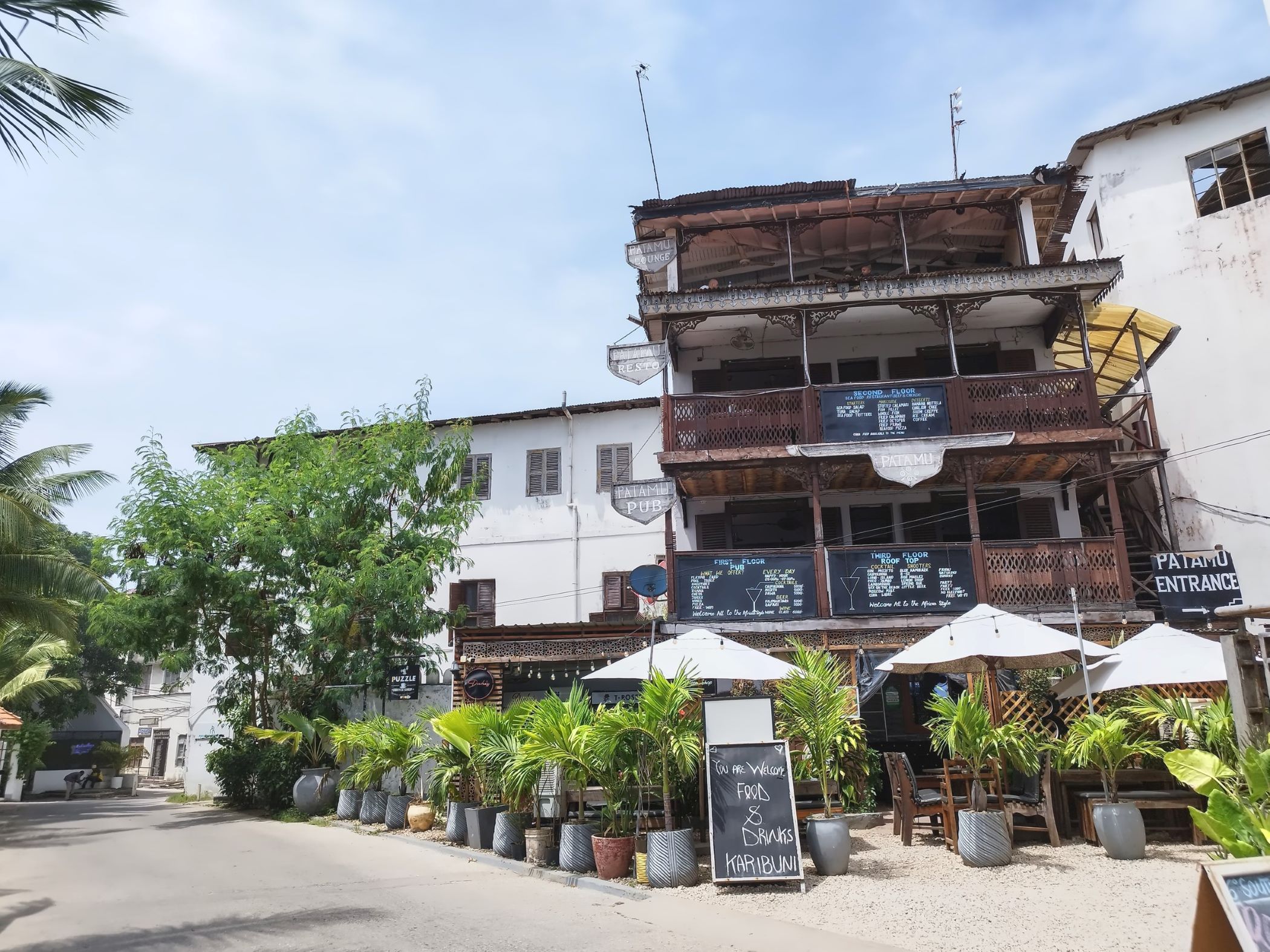
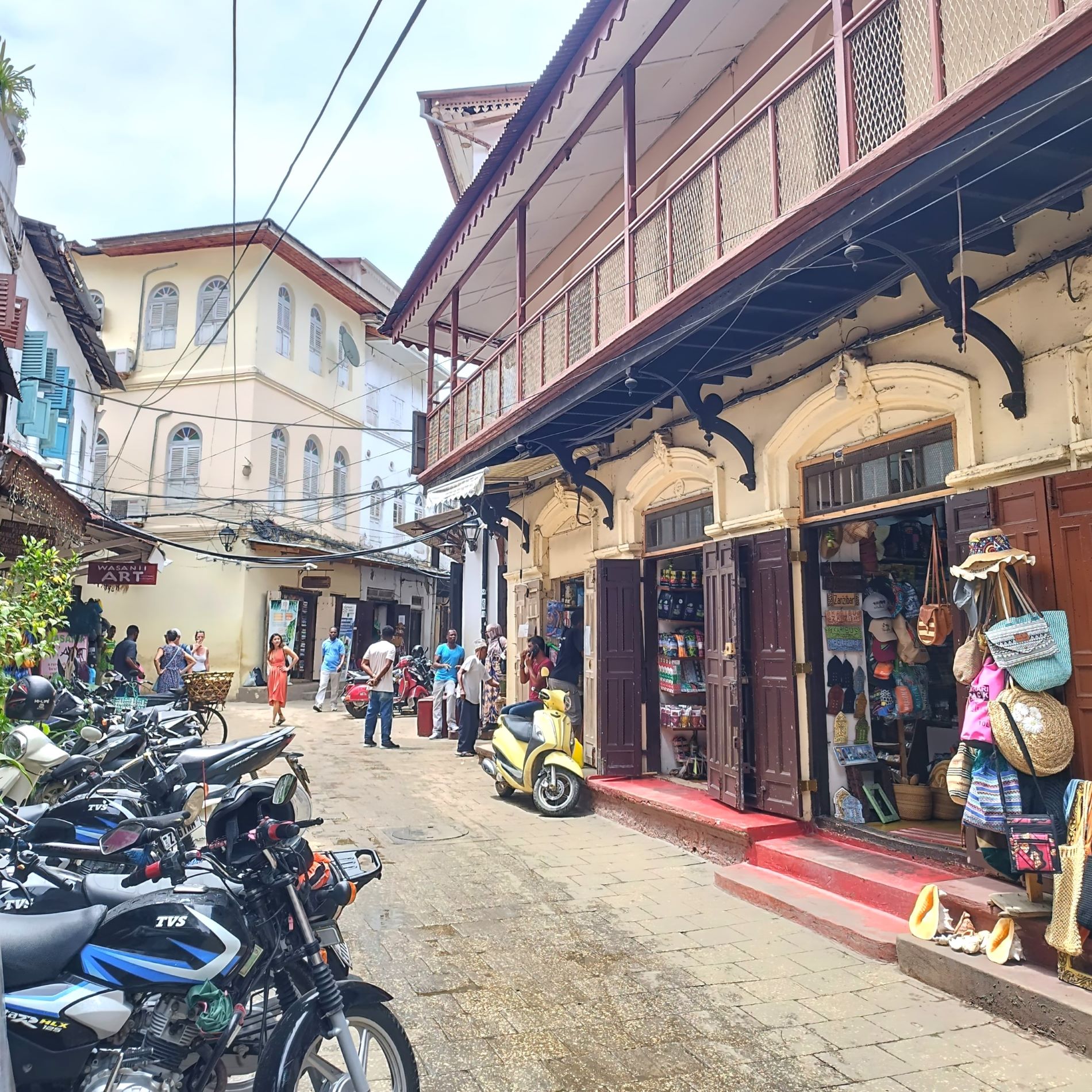
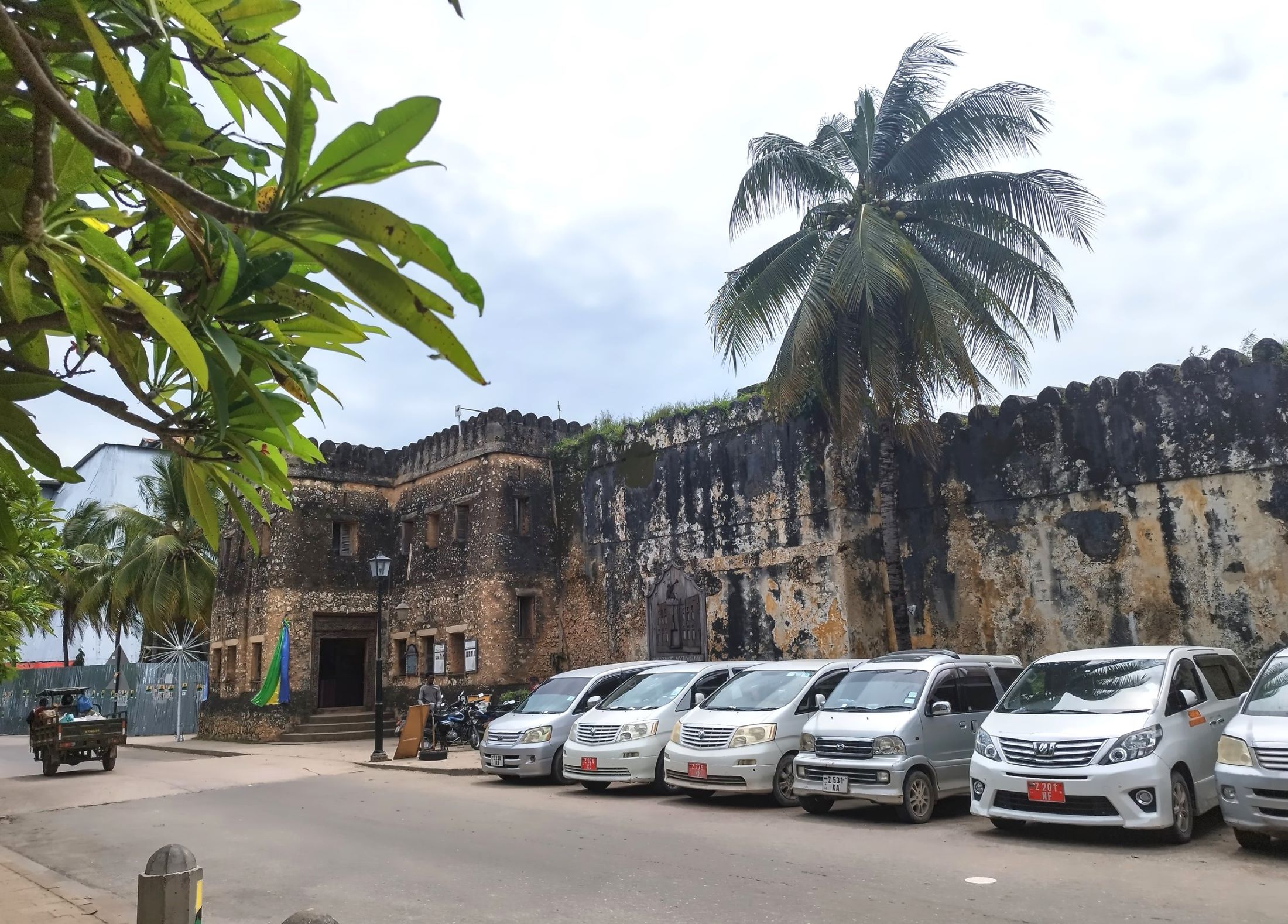
We stayed at Hiliki Hostel*, located right in the old town in an old, beautiful building. It’s a comfy, affordable small hostel with a decent breakfast, but we have to stay the room was quite stuffy. We took a couple of long walks through the beautiful alleys of Stone Town, bargained in jewelry stores, took pictures of the streets and the street cats, which there are plenty, visited the fort and admired the sunset in a small beach-side restaurant. The charm of Stone Town lies in its atmospheric ancient alleys, lined with historical buildings and small boutiques selling everything from spices to handicrafts.
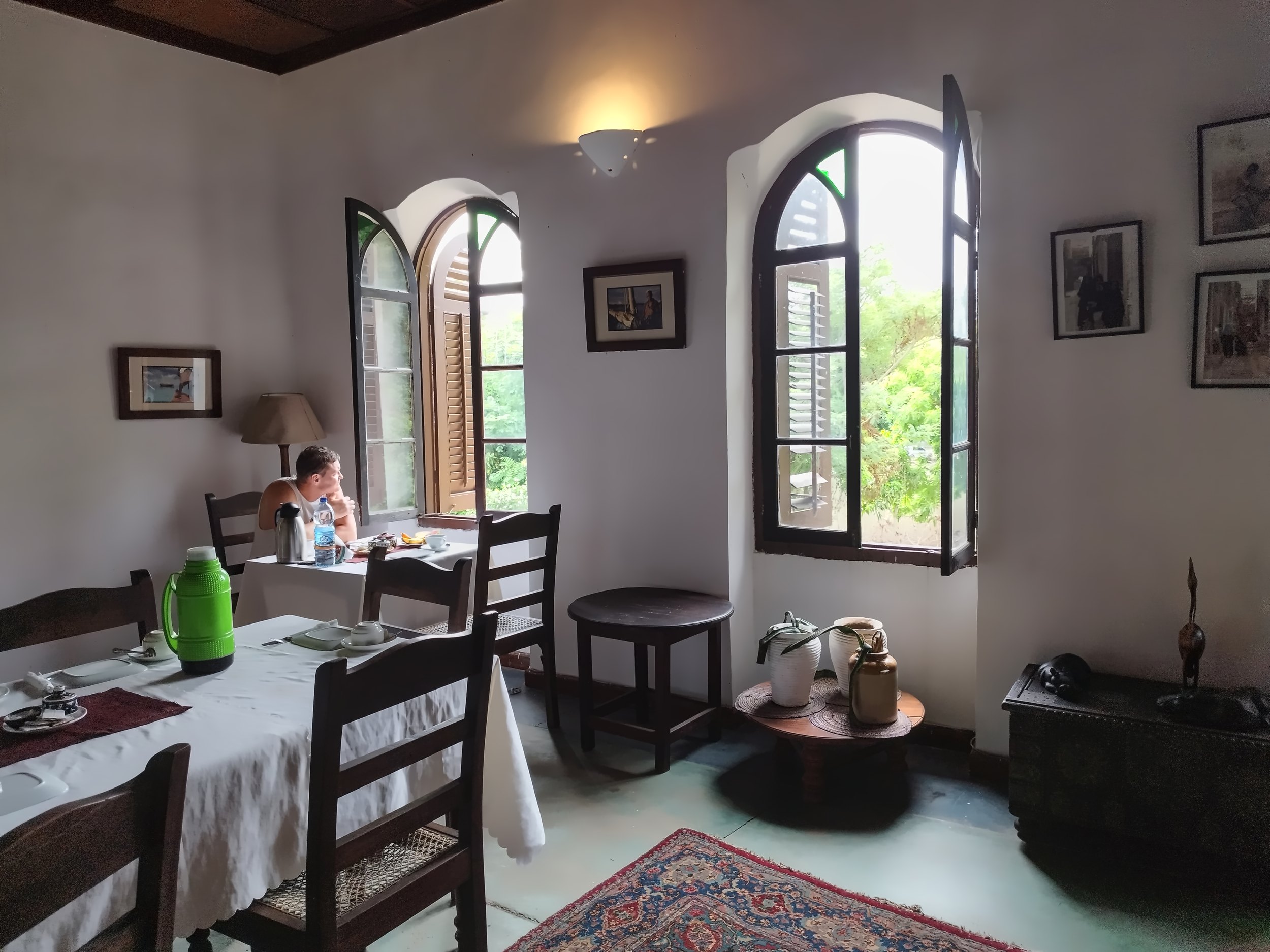
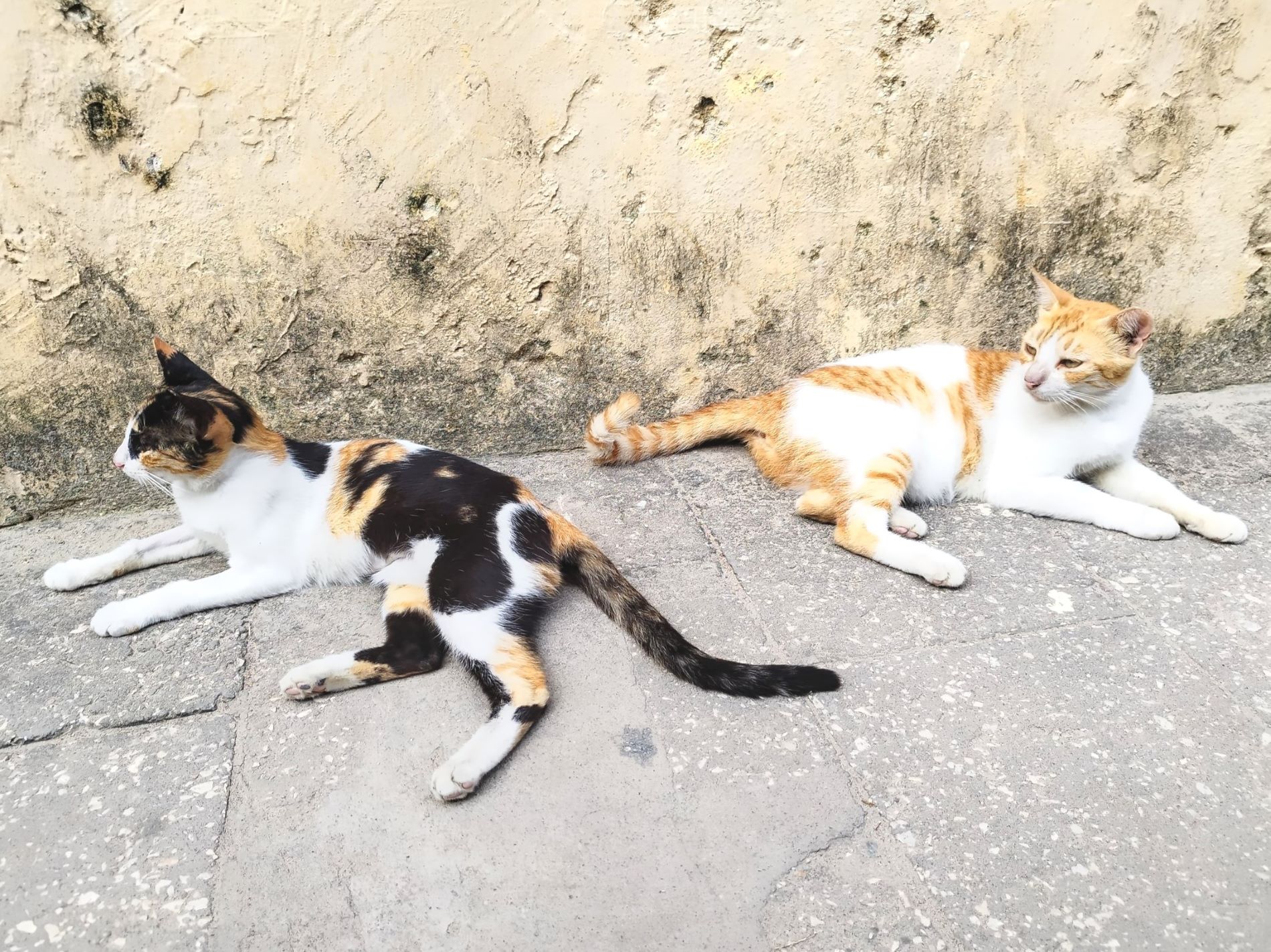

From Zanzibar Town, our nomadic journey continued back to Kenya, where we spent the last weeks of our half-a-year stay in Africa. We can recommend Zanzibar as a beach holiday destination, and as a part of a bit longer trip to Tanzania – it’s very common to combine Zanzibar with a safari tour in one of national parks of Tanzania. In Zanzibar you can find accommodation from affordable guest houses to luxury resorts, and in addition to the popular beach destinations, there are also quieter, but equally wonderful beaches. In addition to the main island, it’s possible to stay on the smaller island of Pemba, and to visit some of the other islands too.
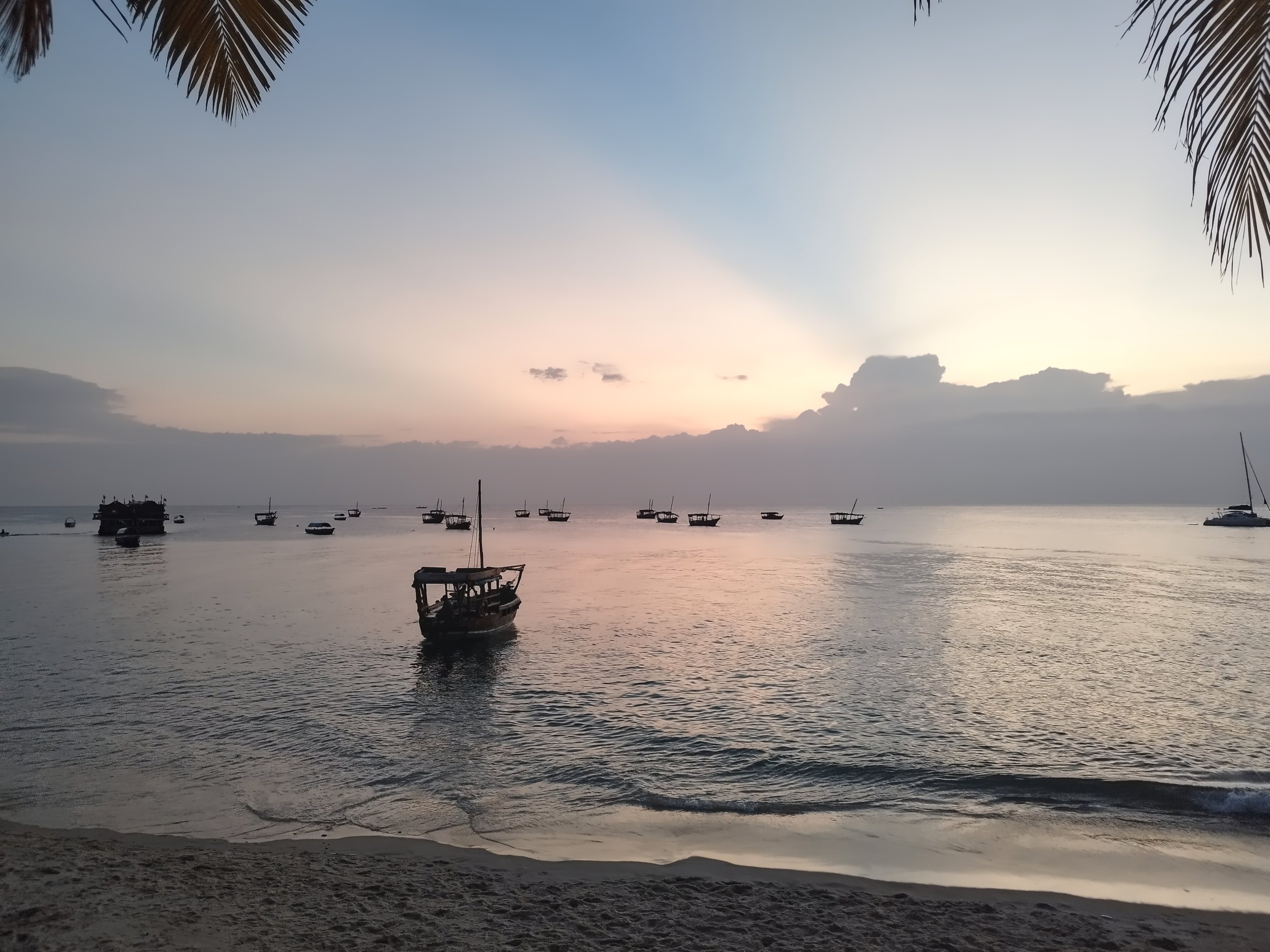
For us this trip was the first touch to Tanzania, and most probably will return to this beautiful country at some point later!

